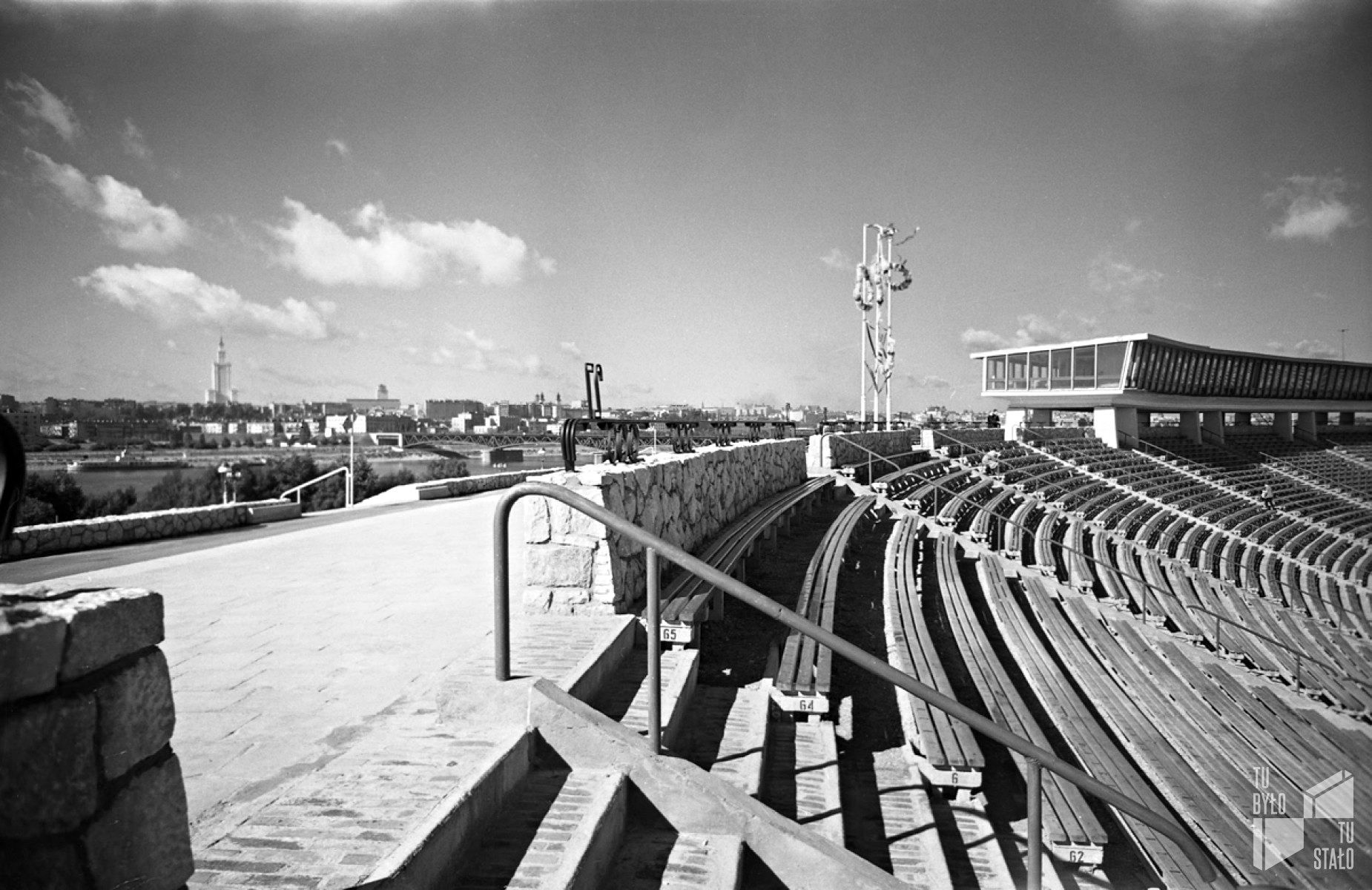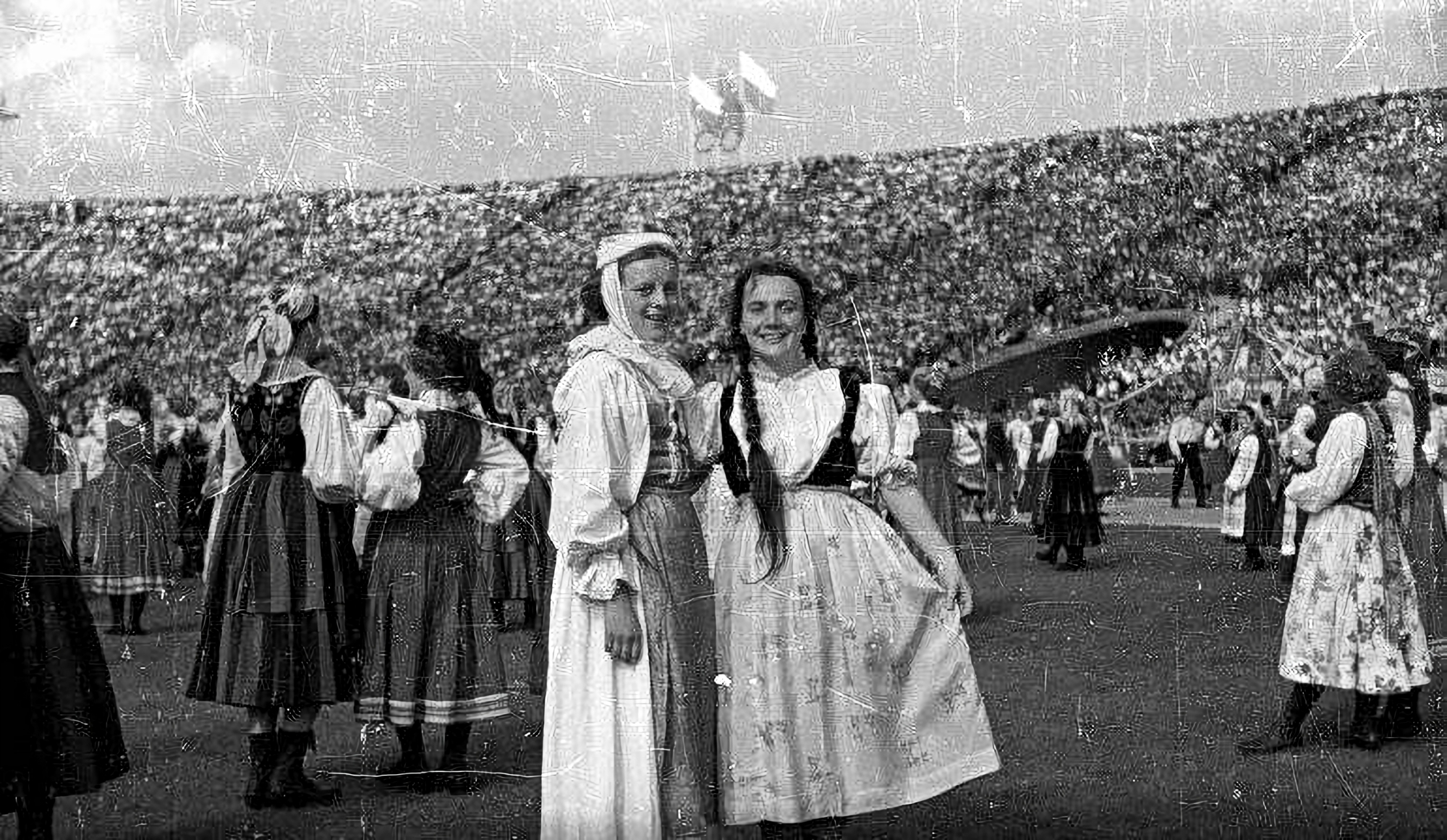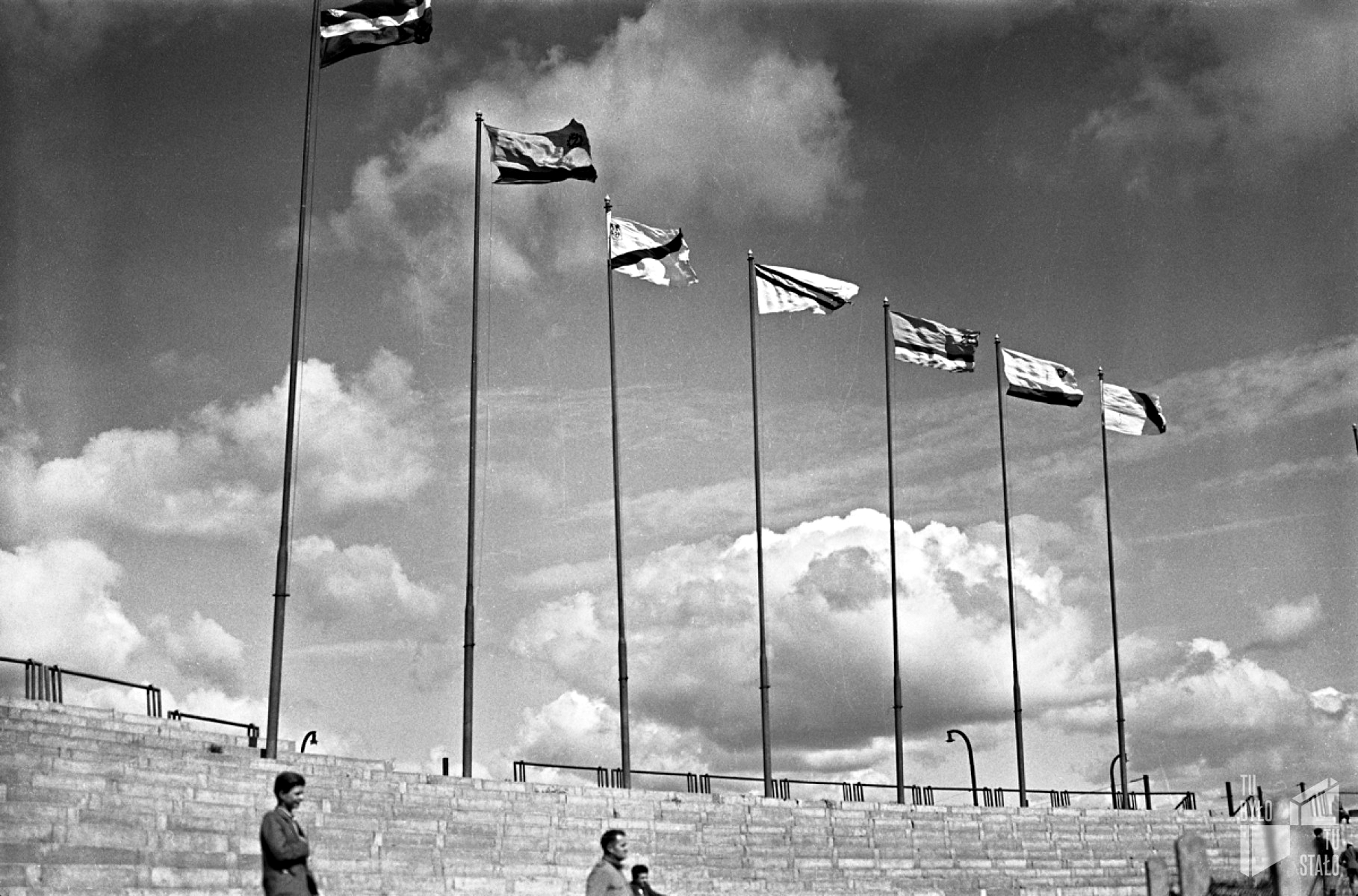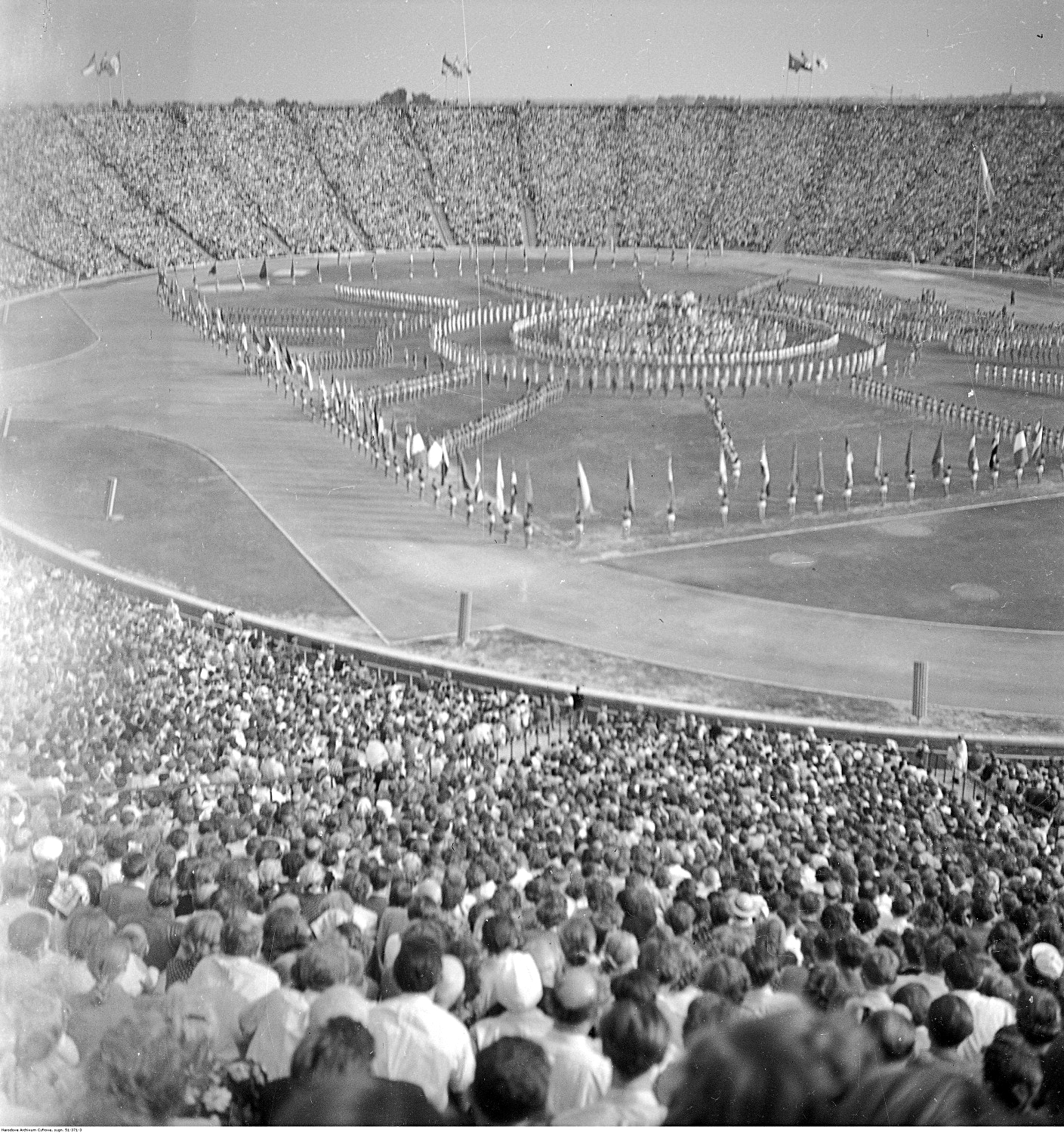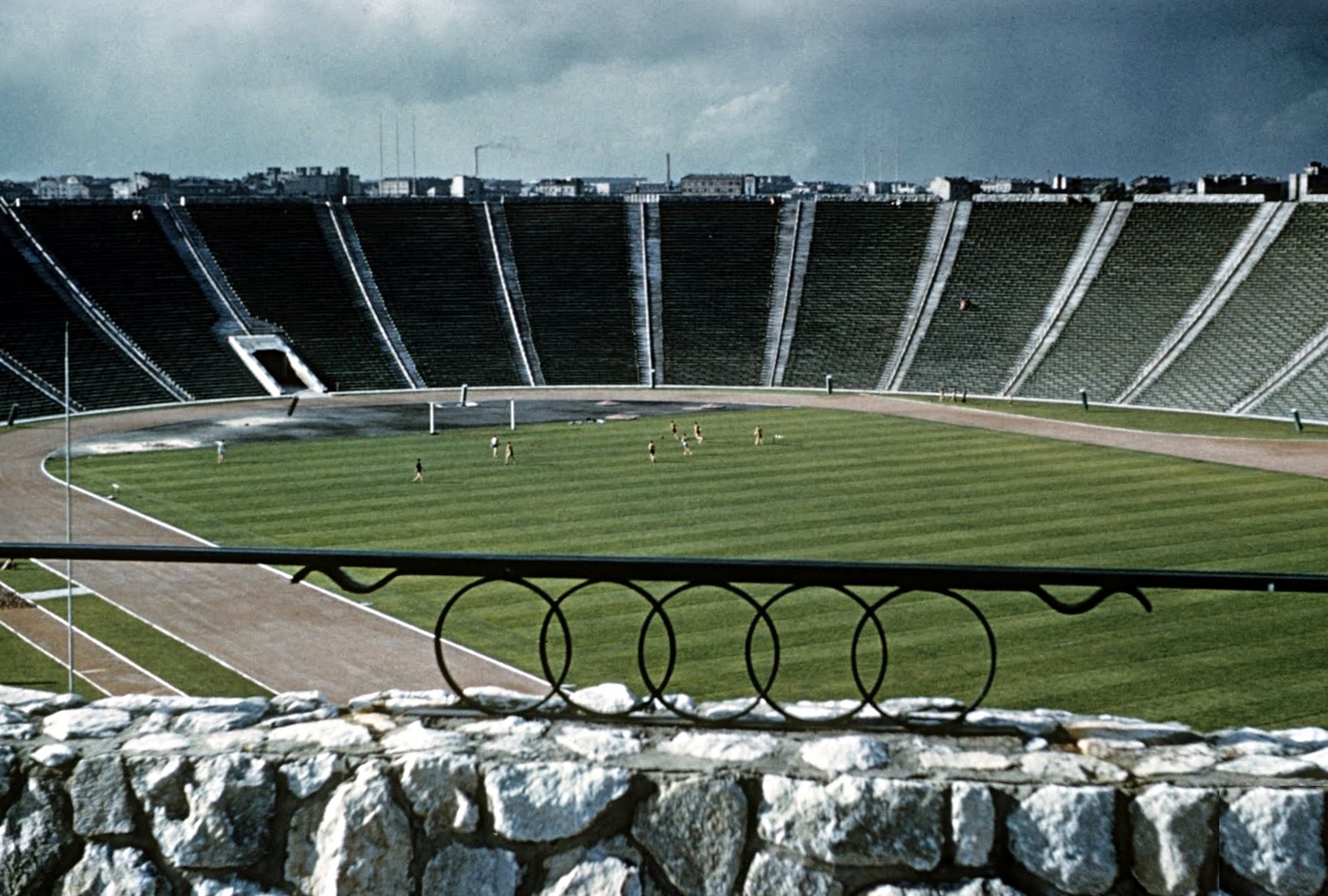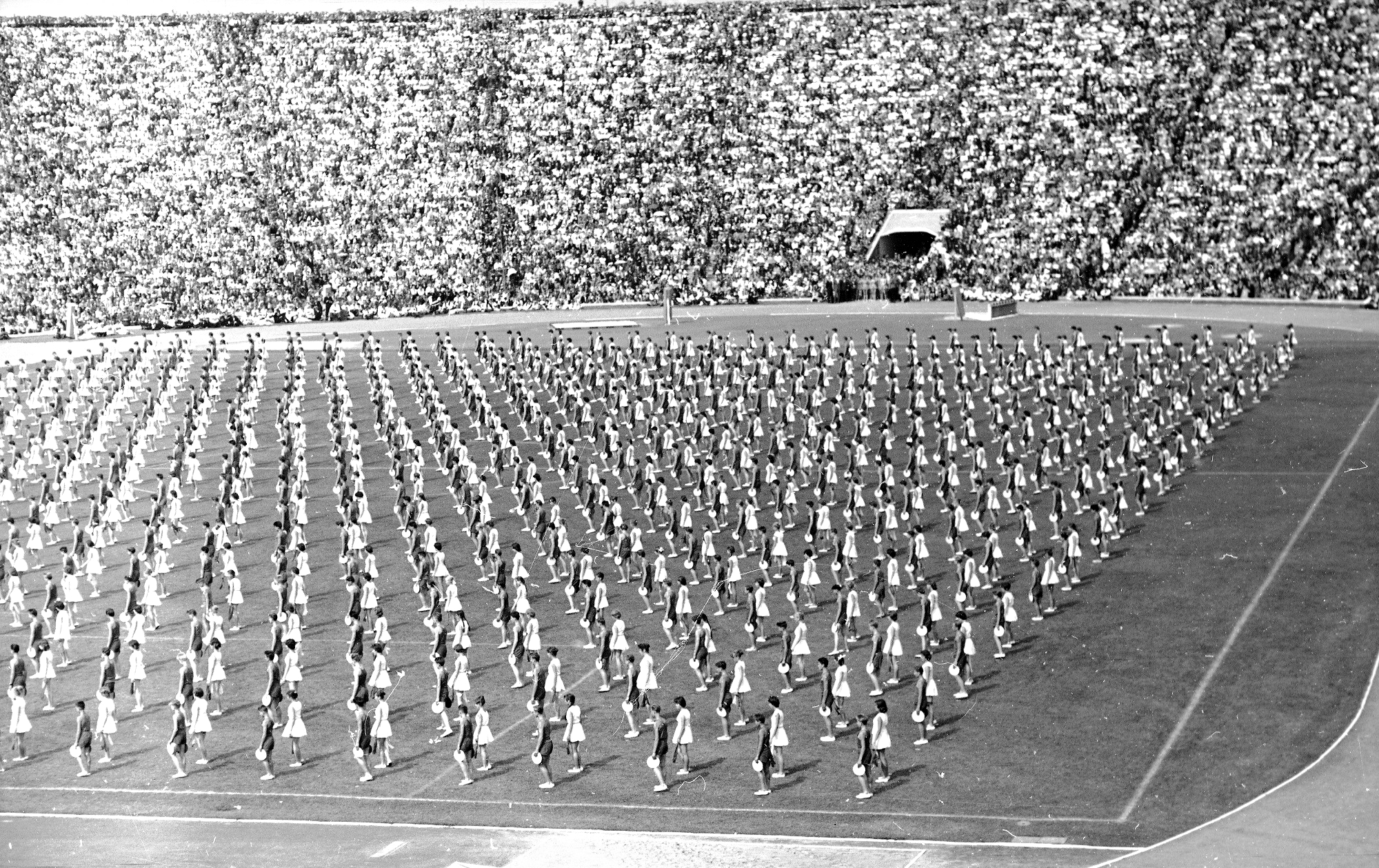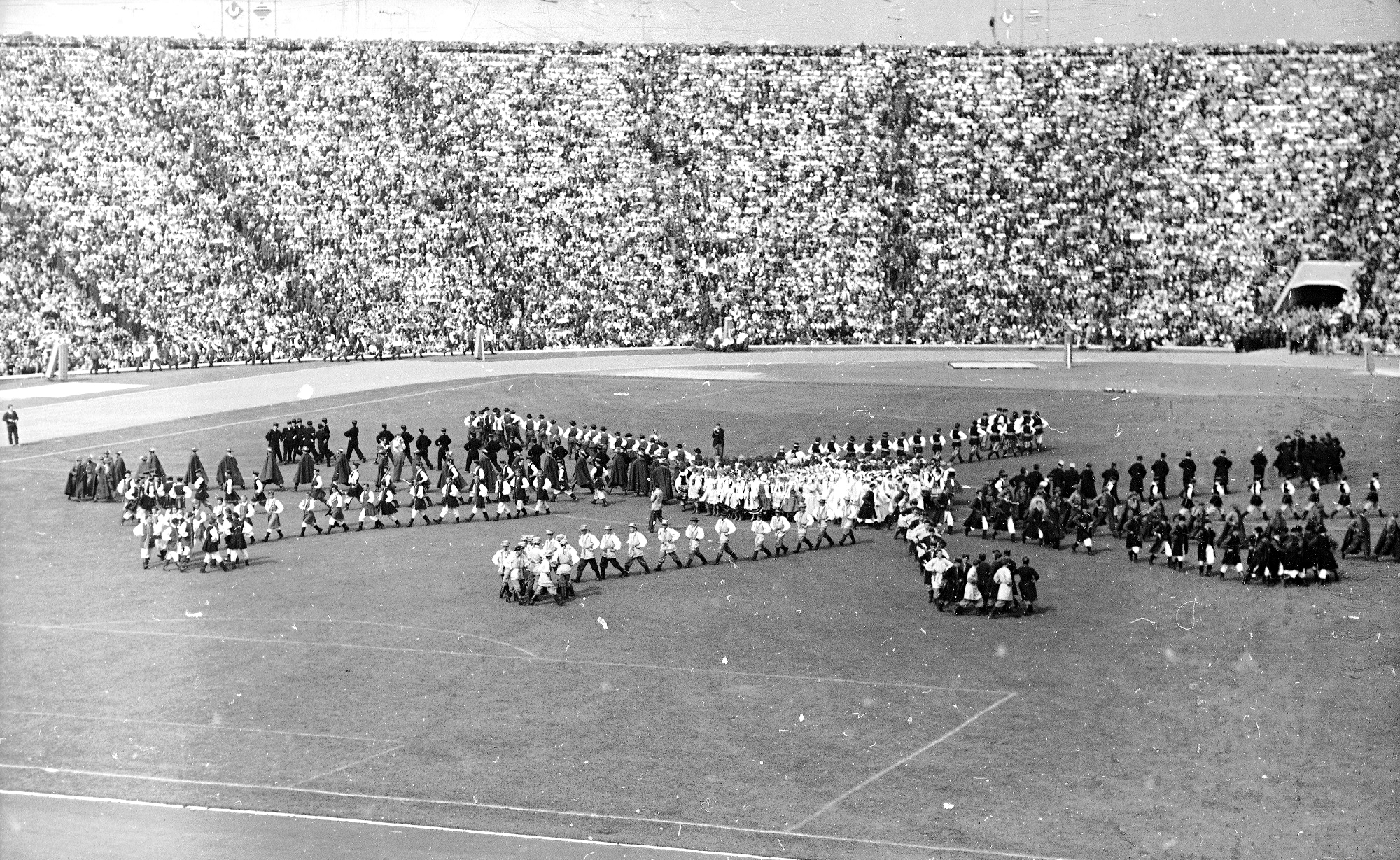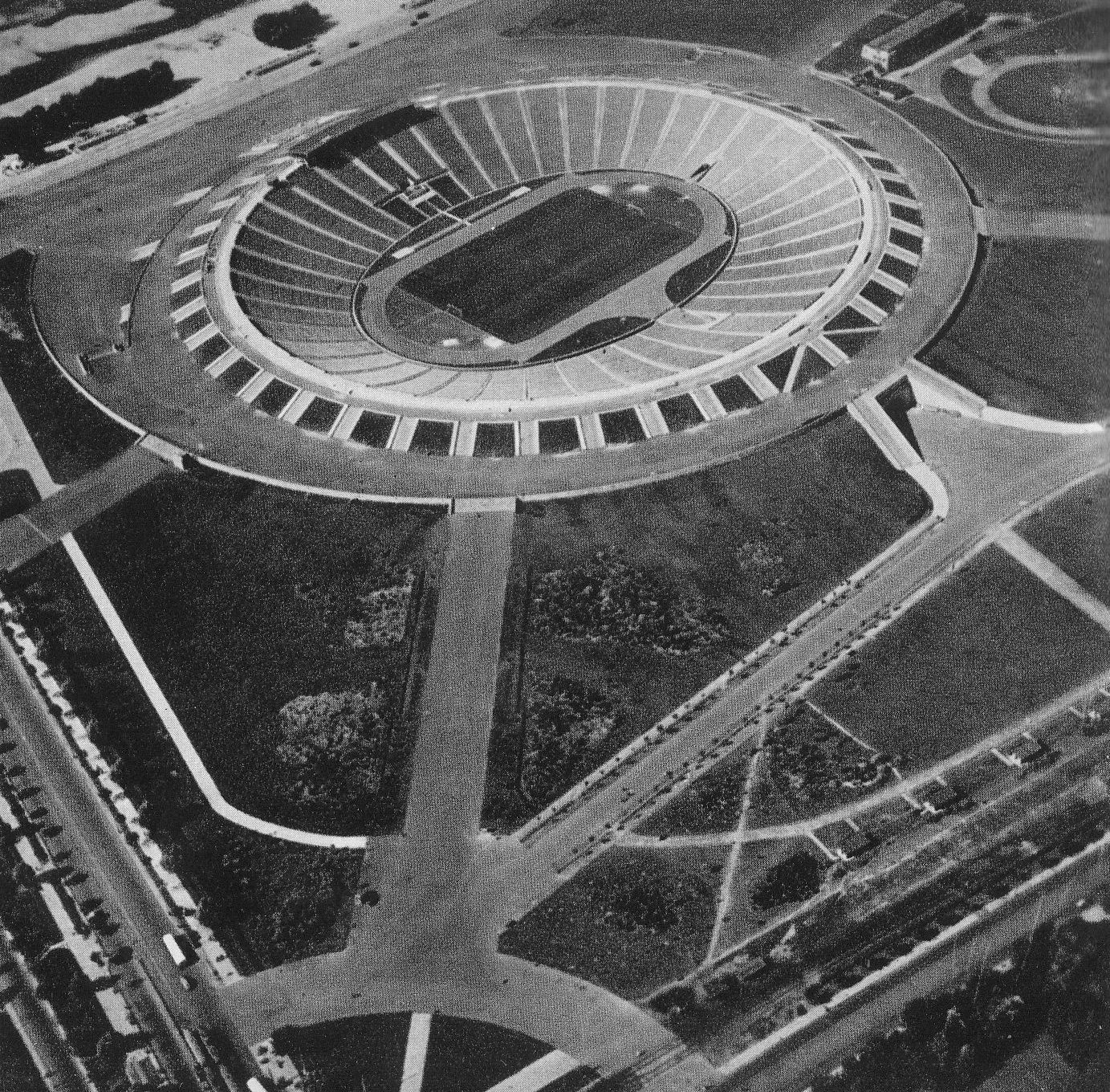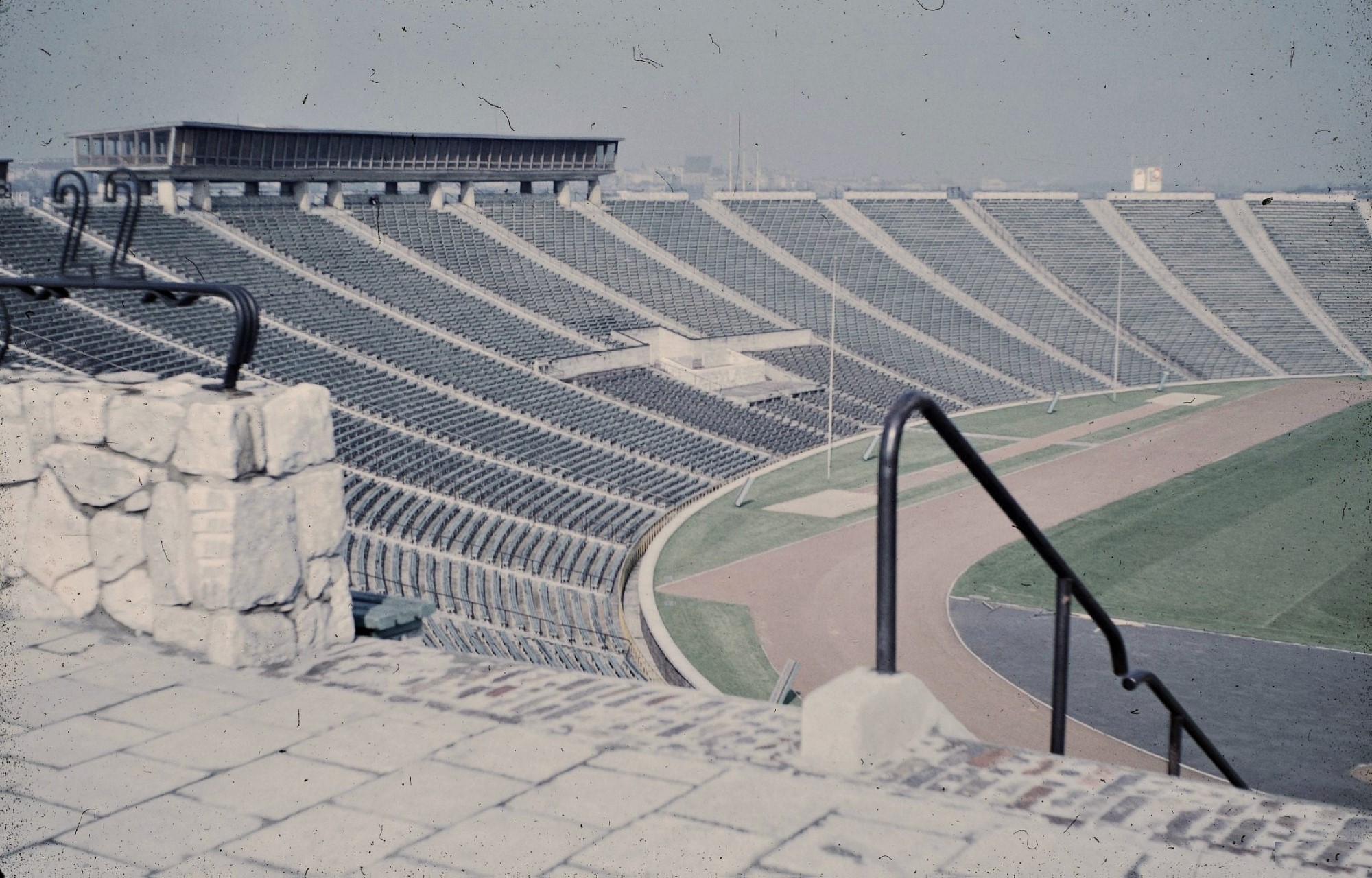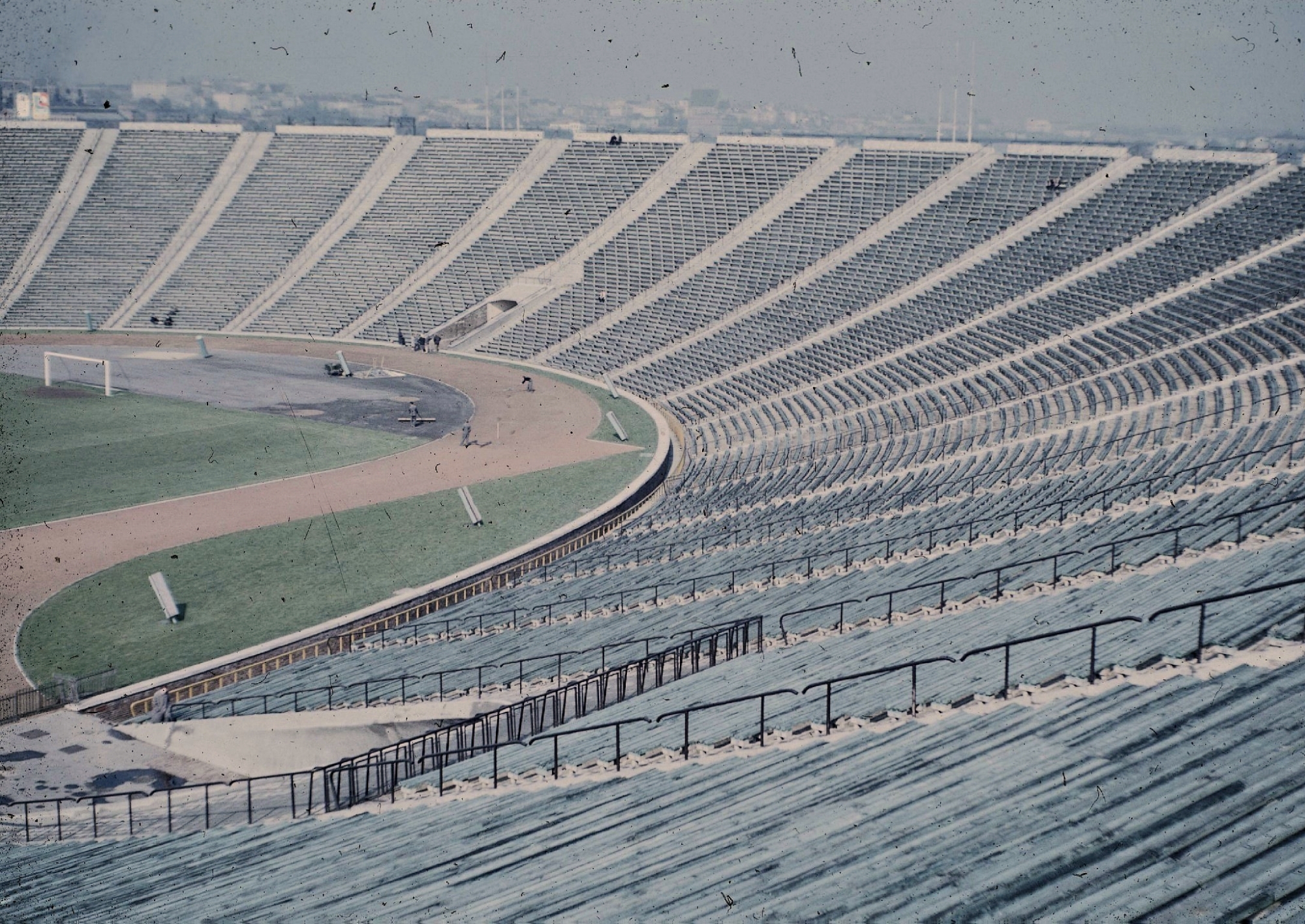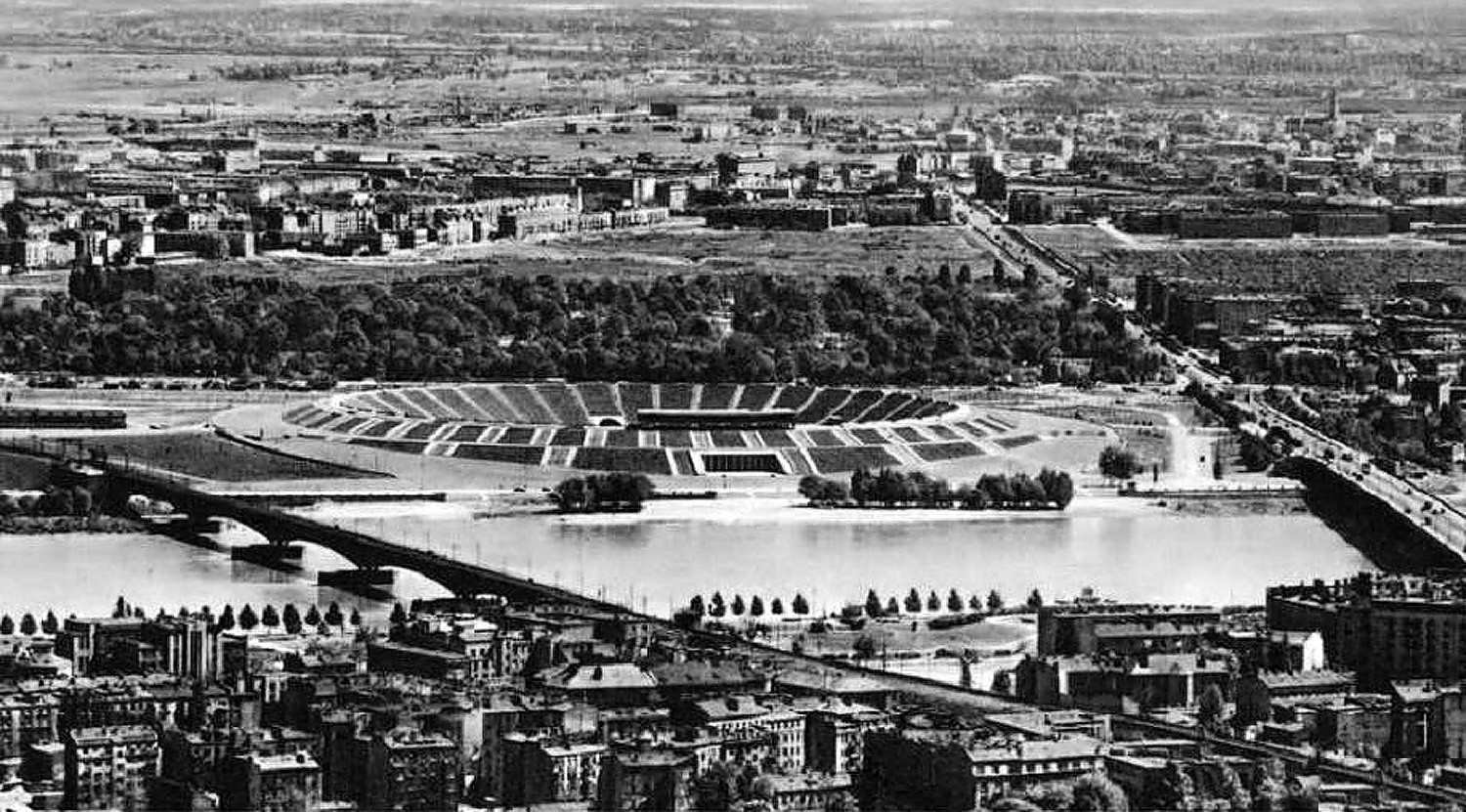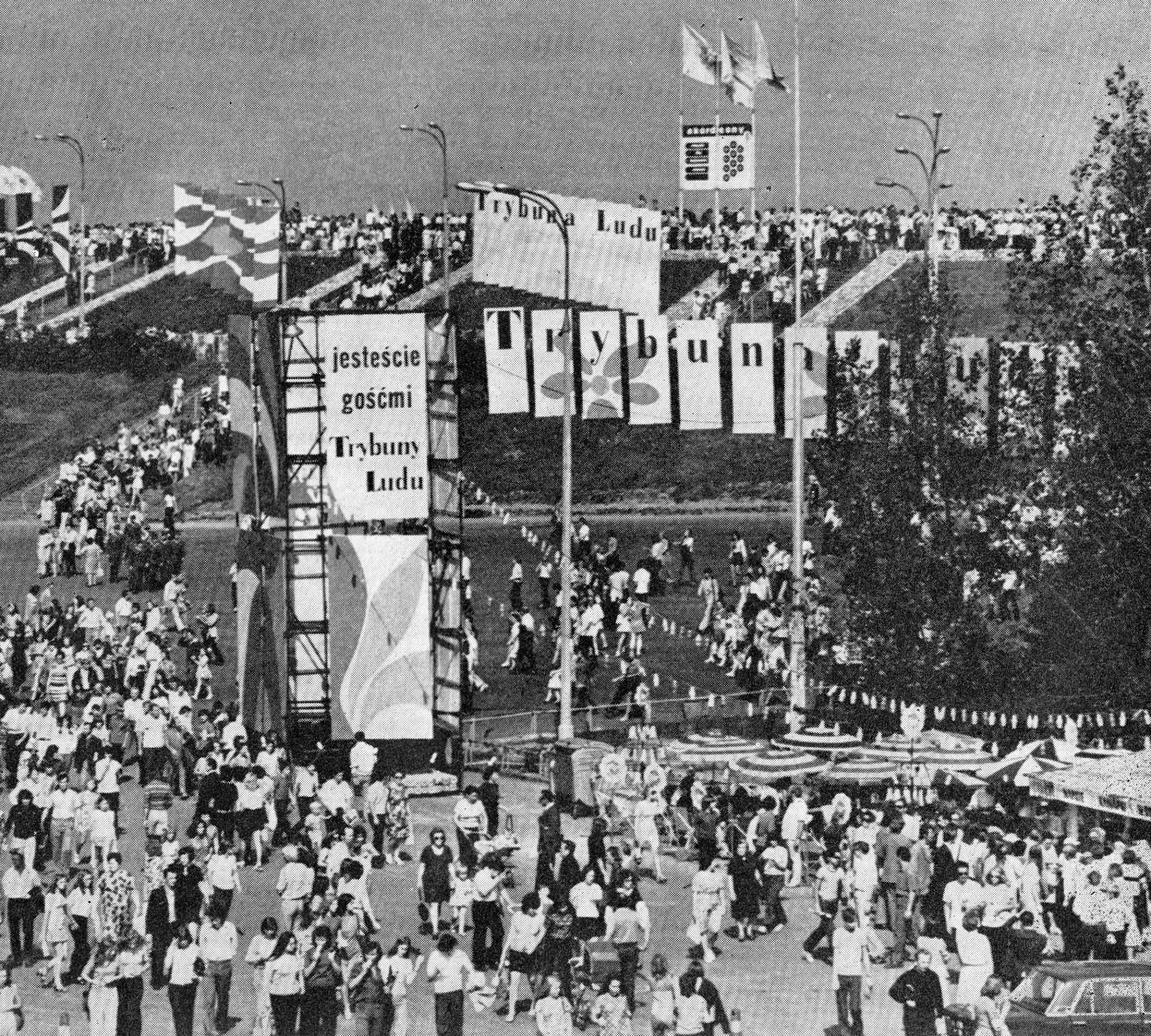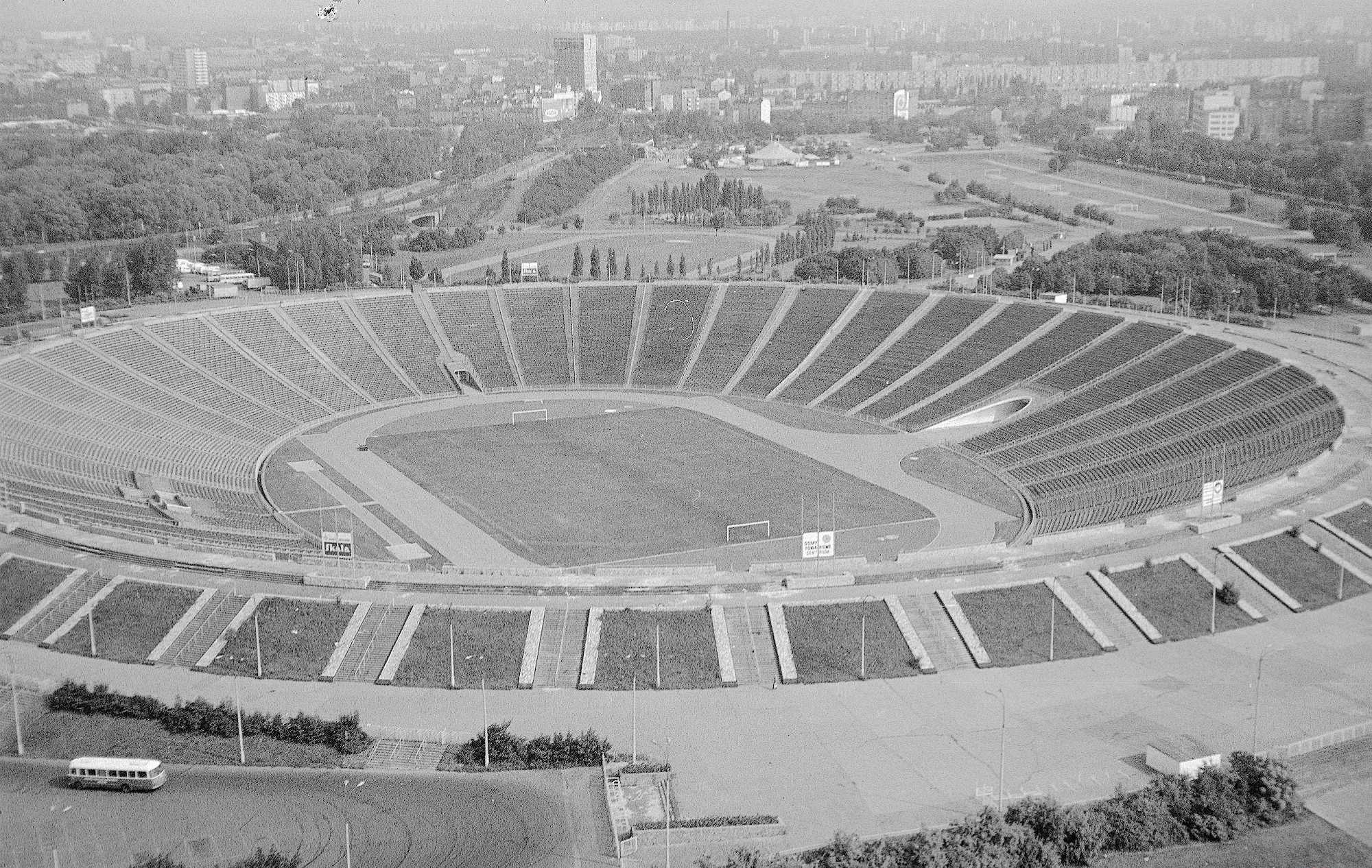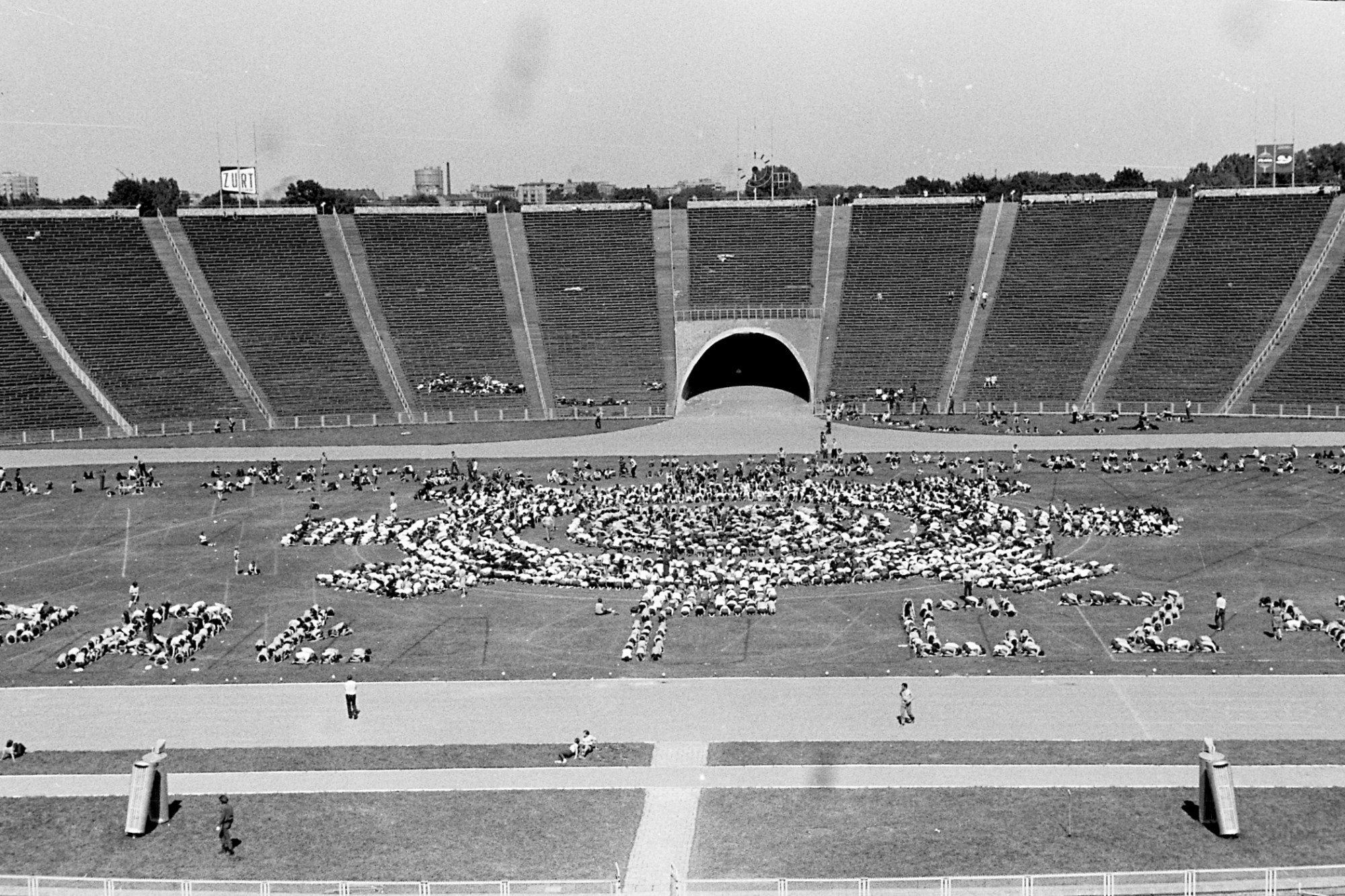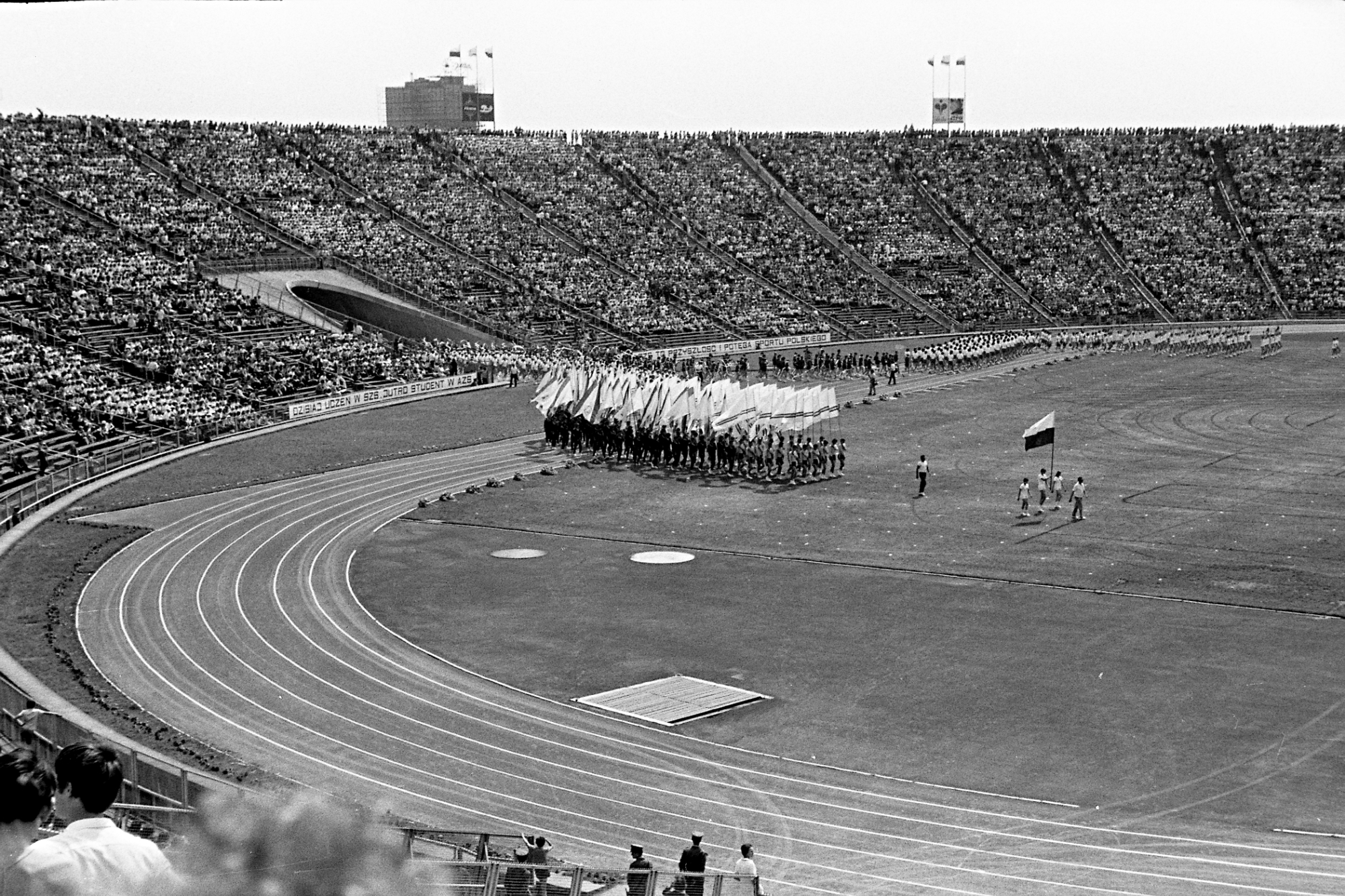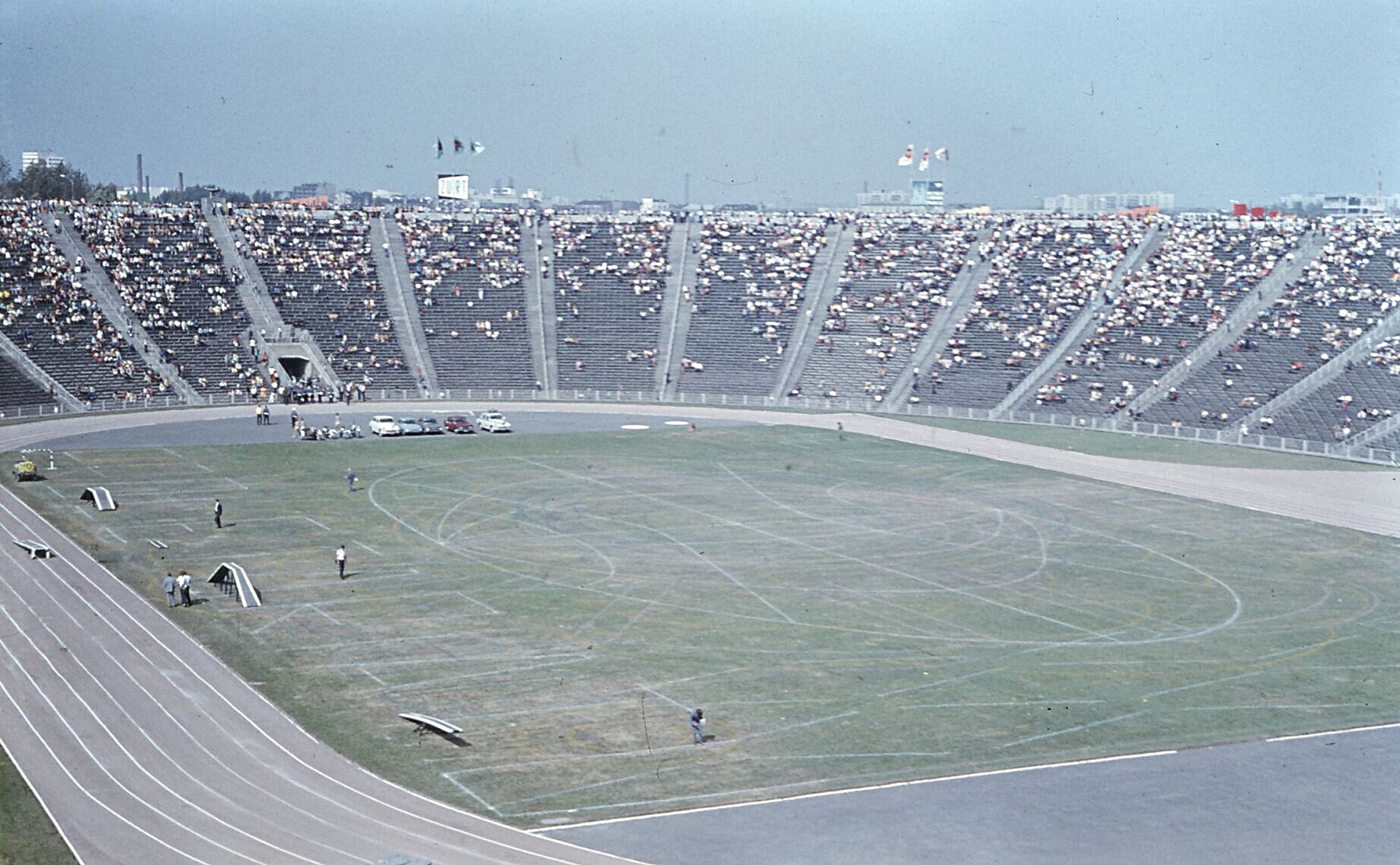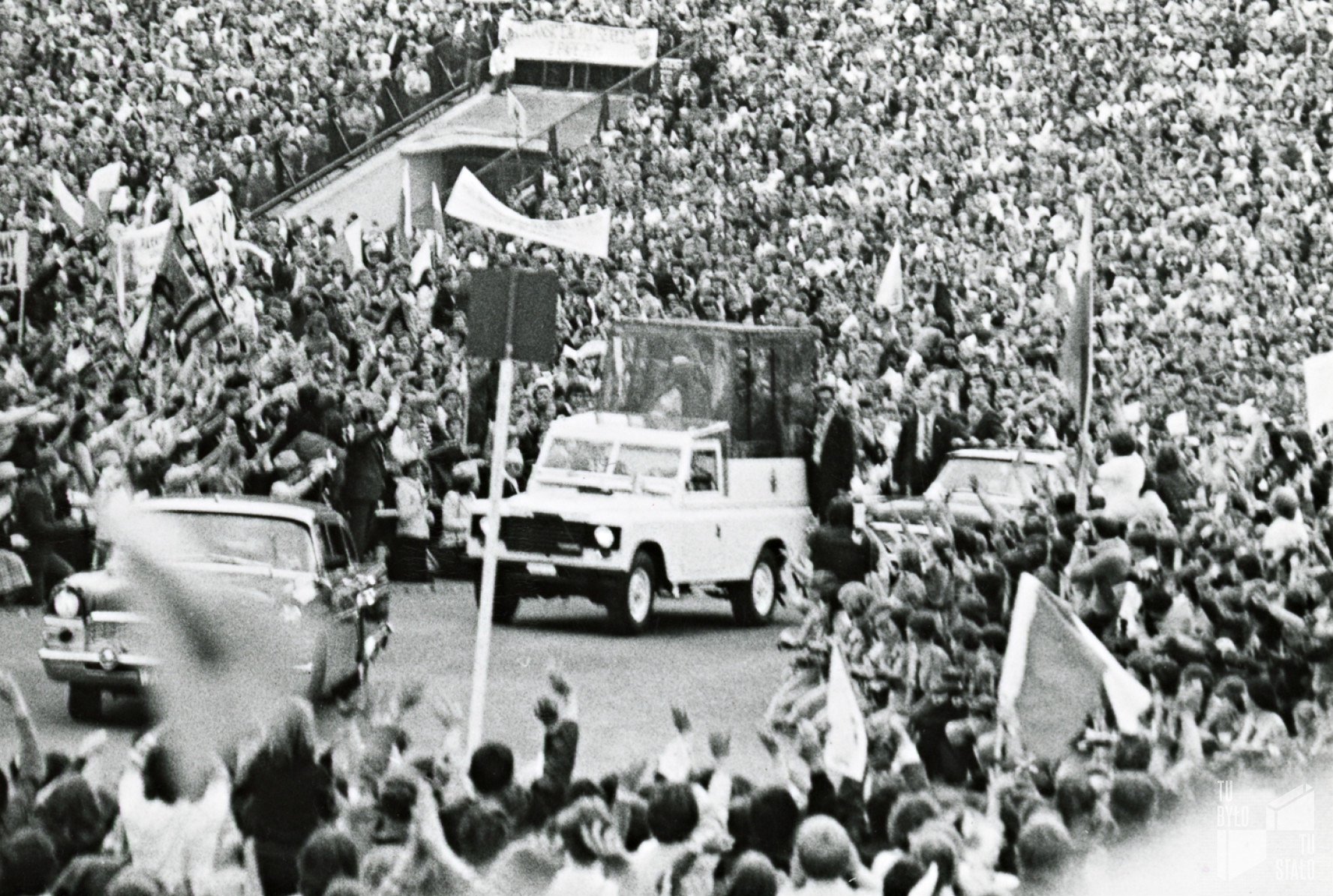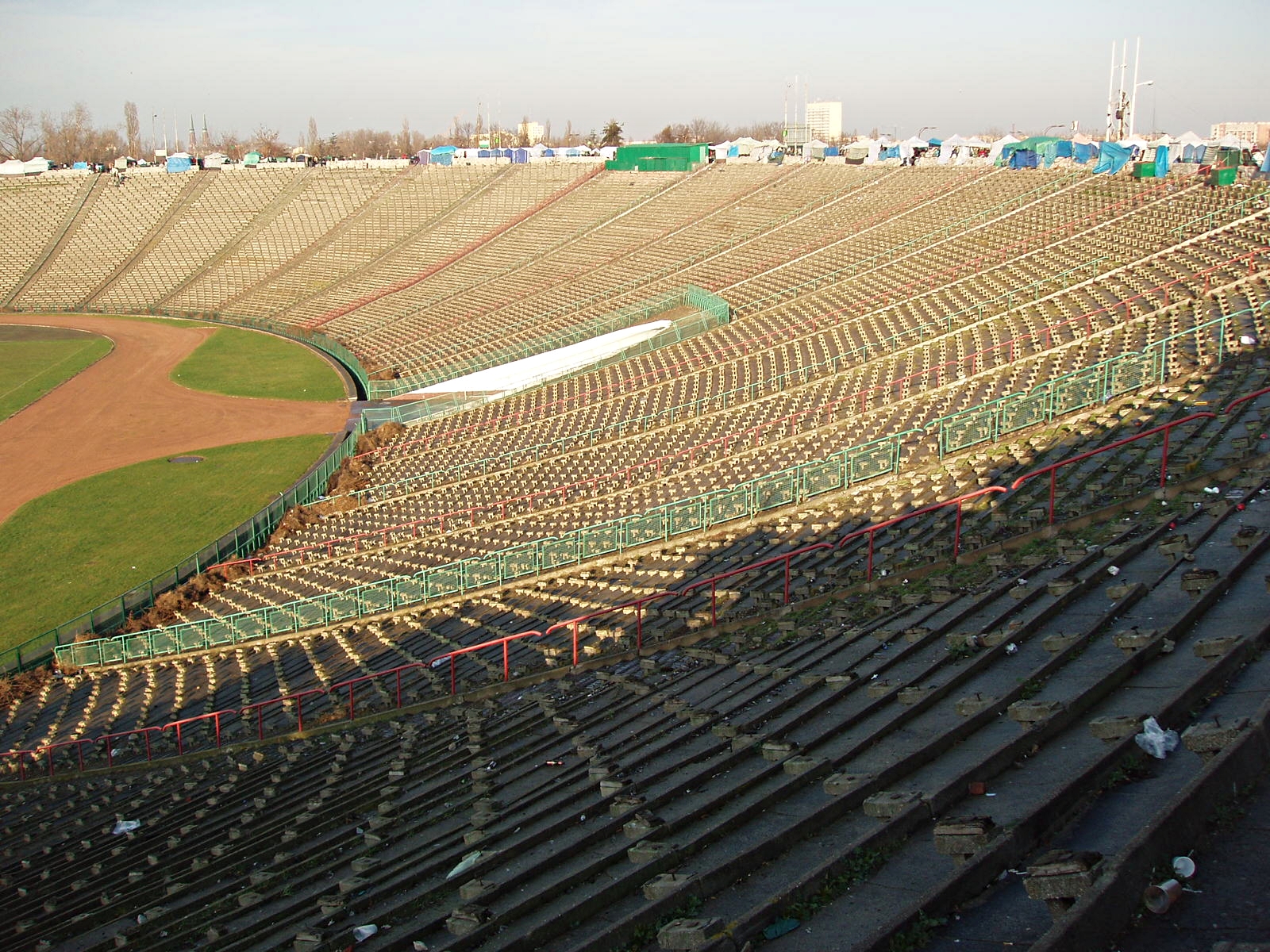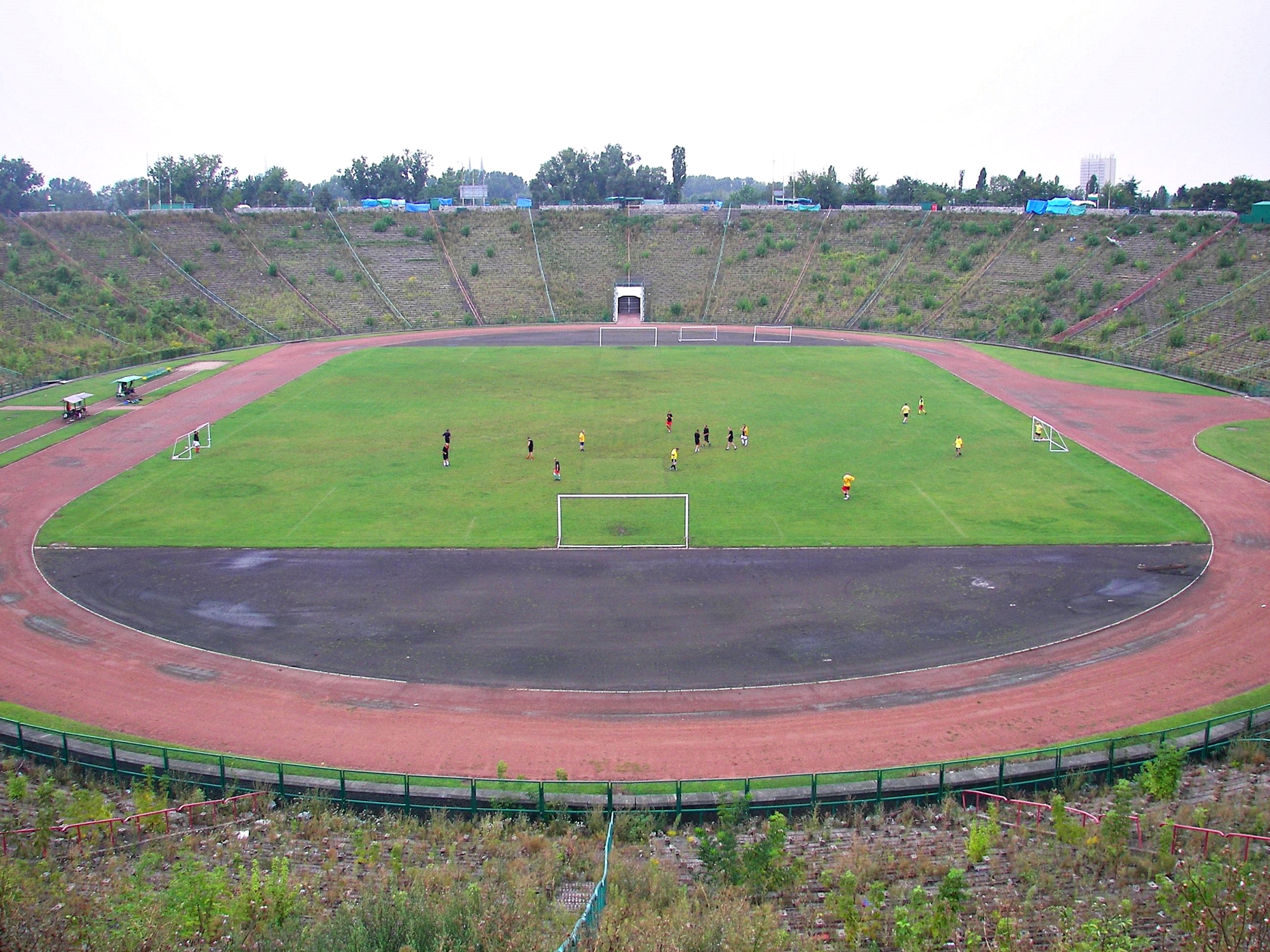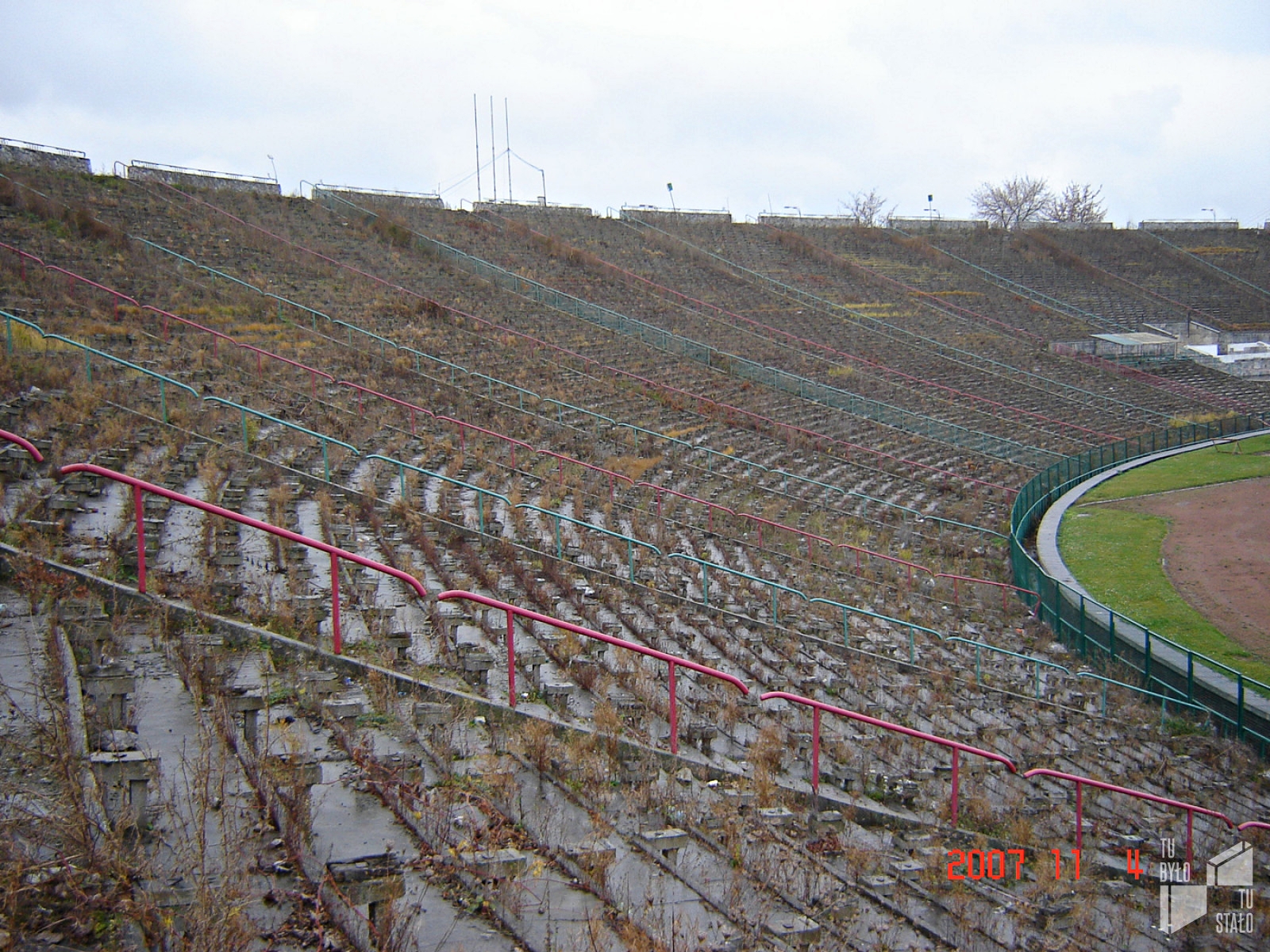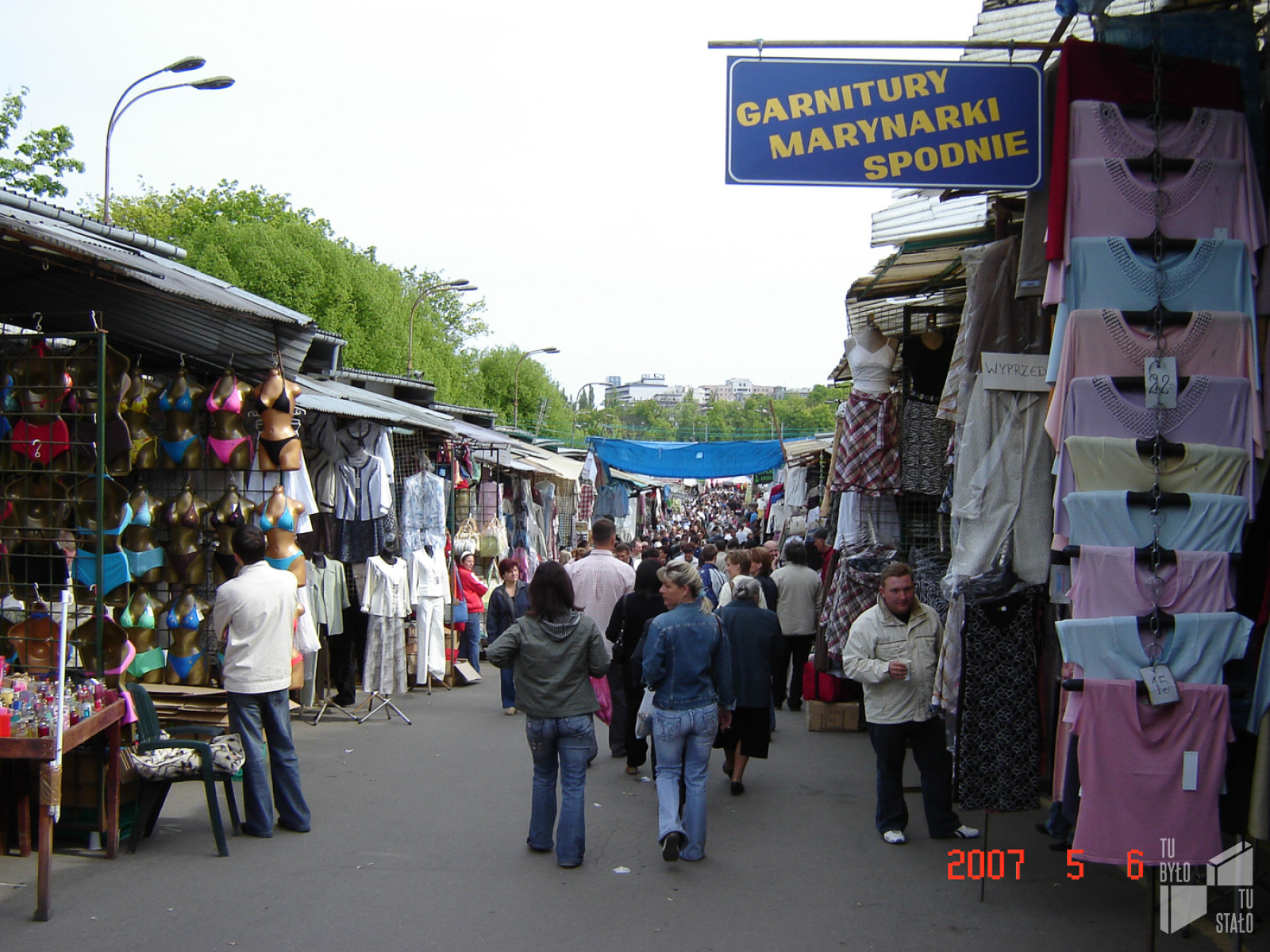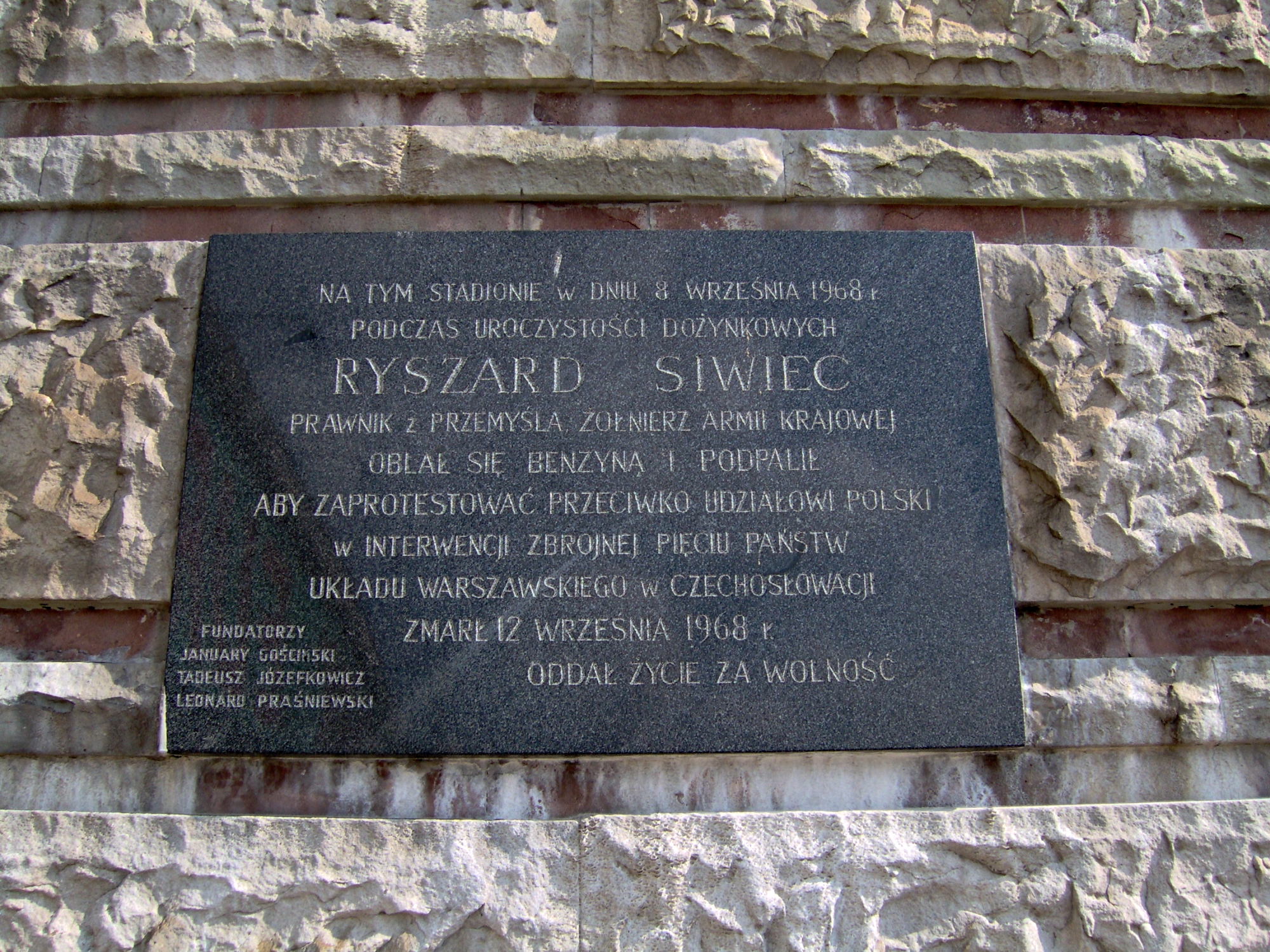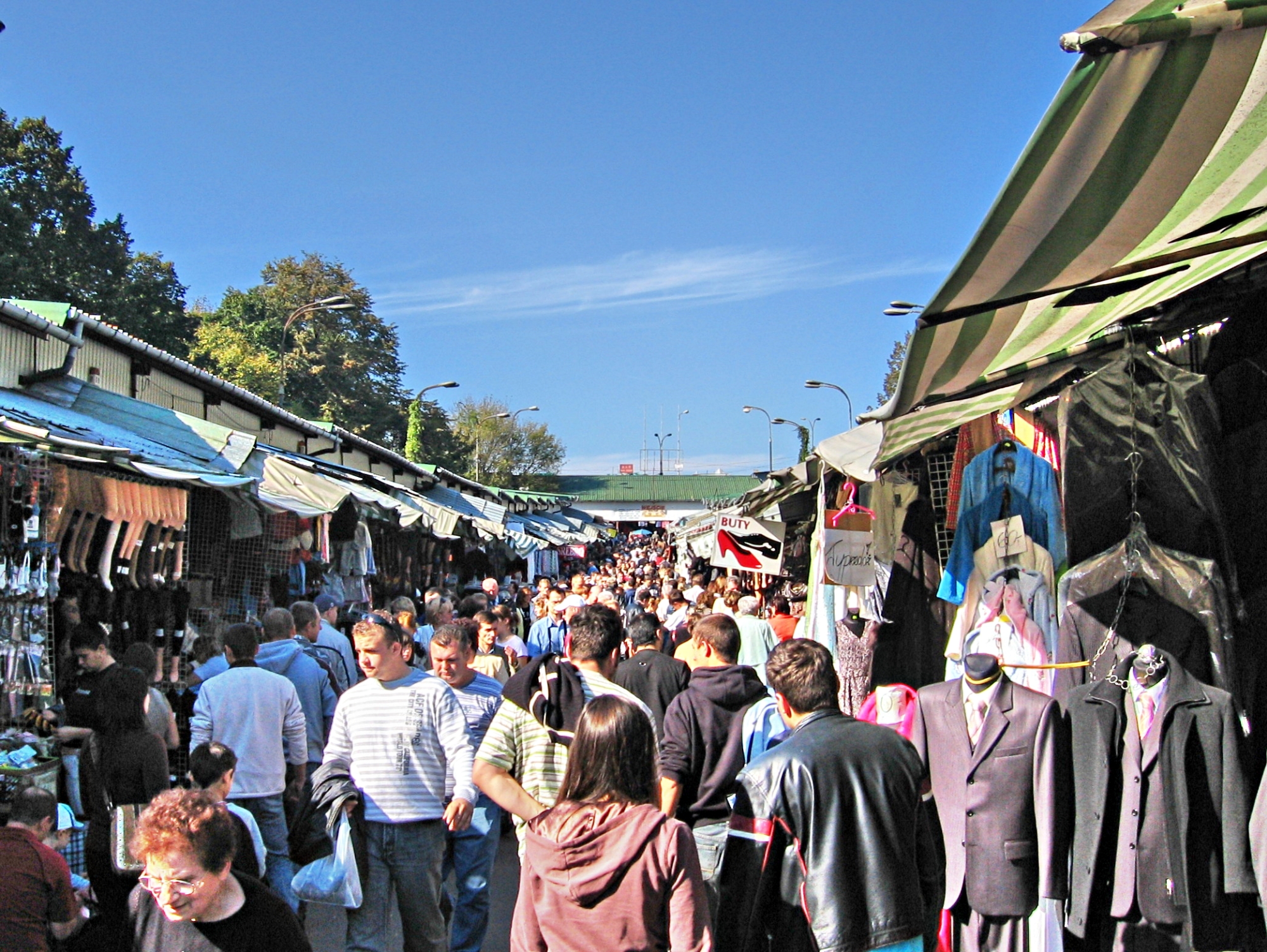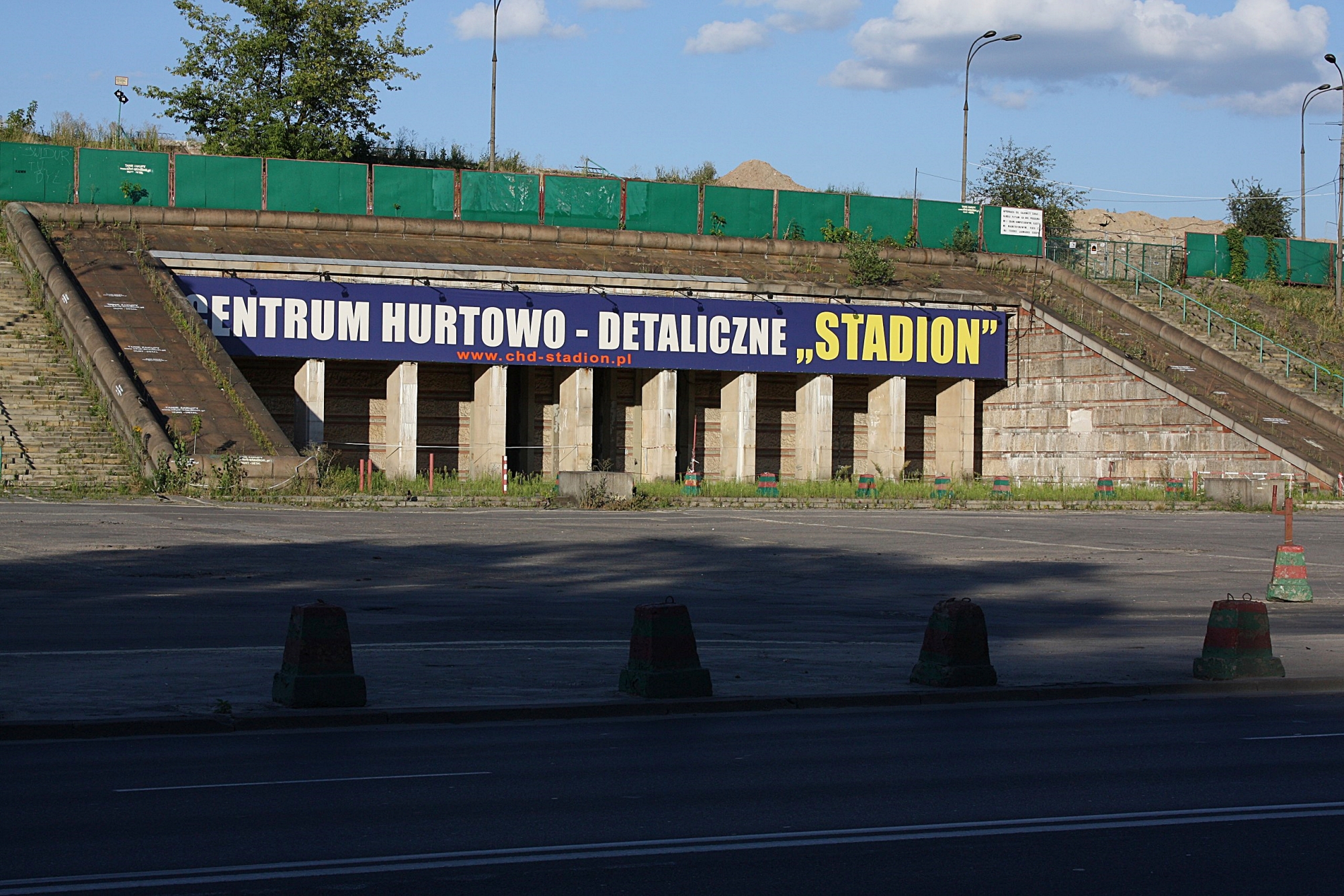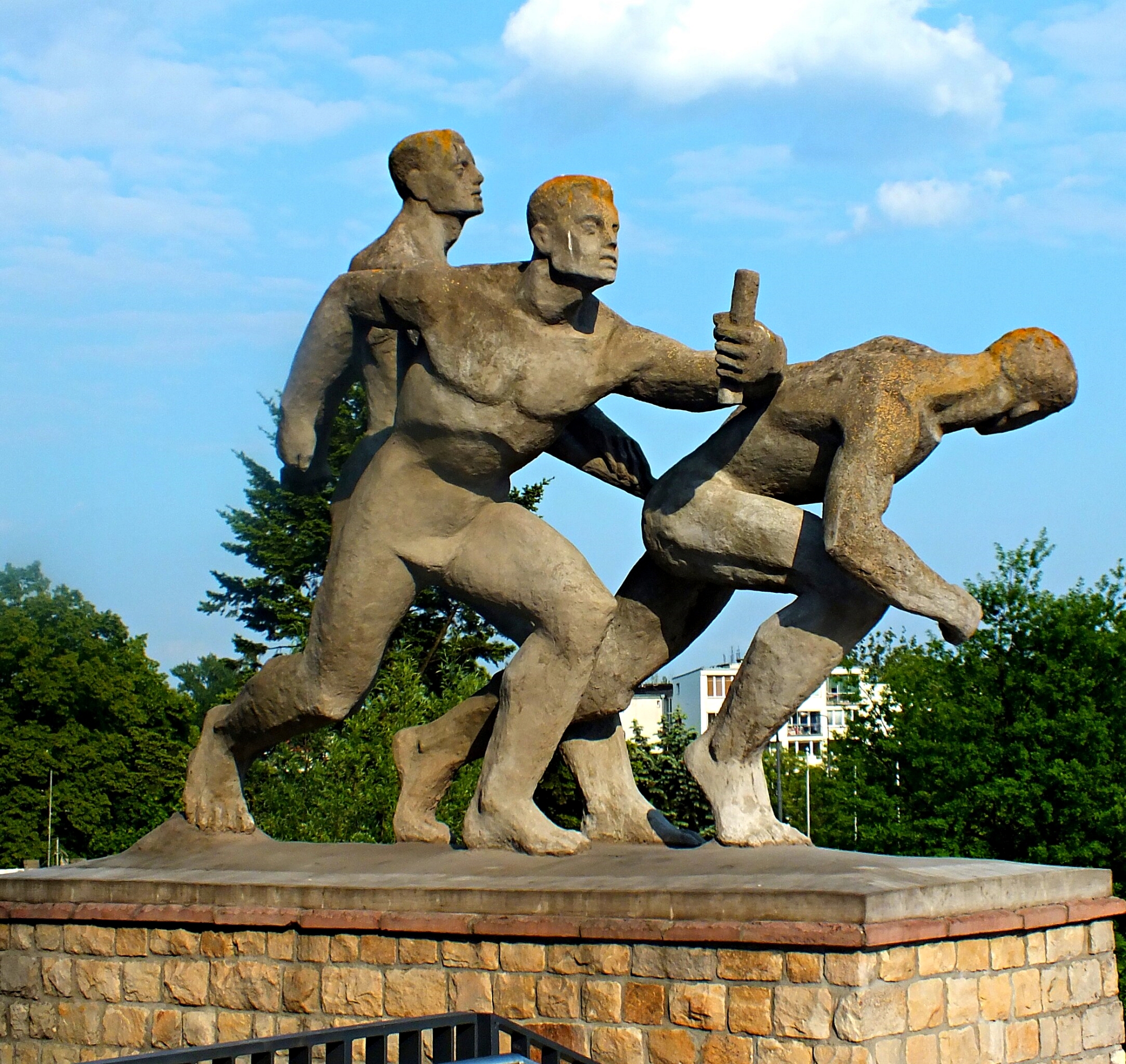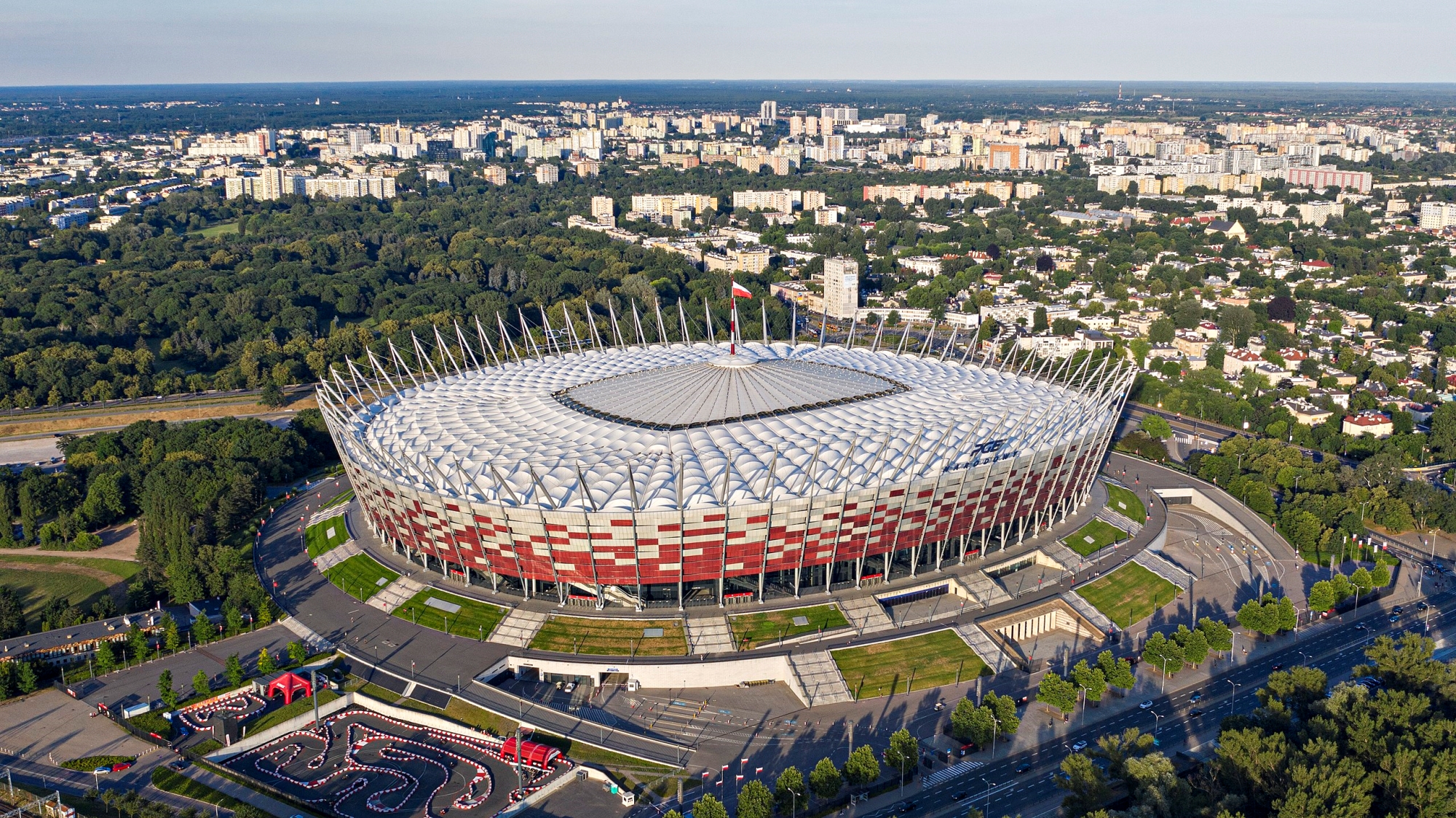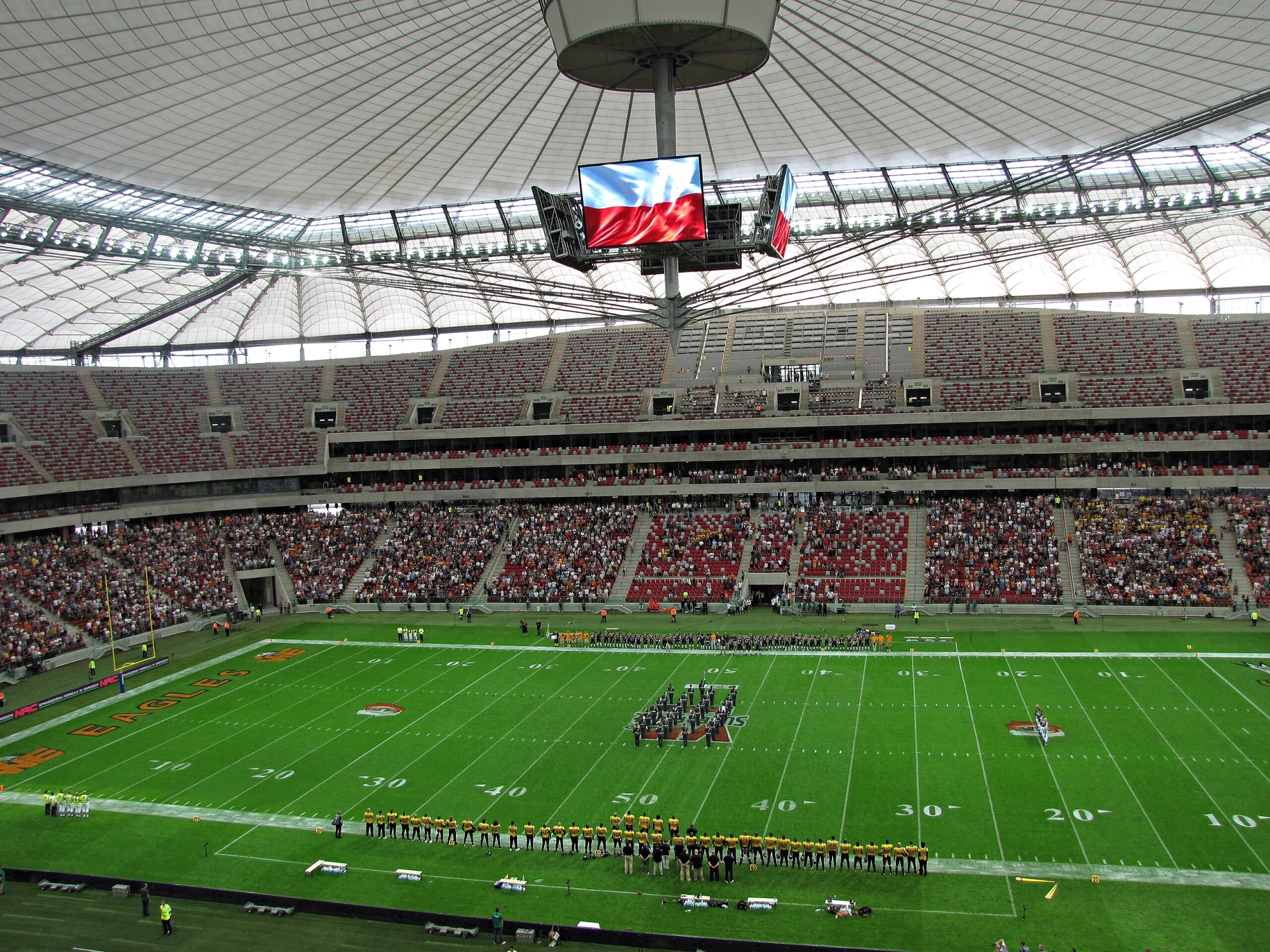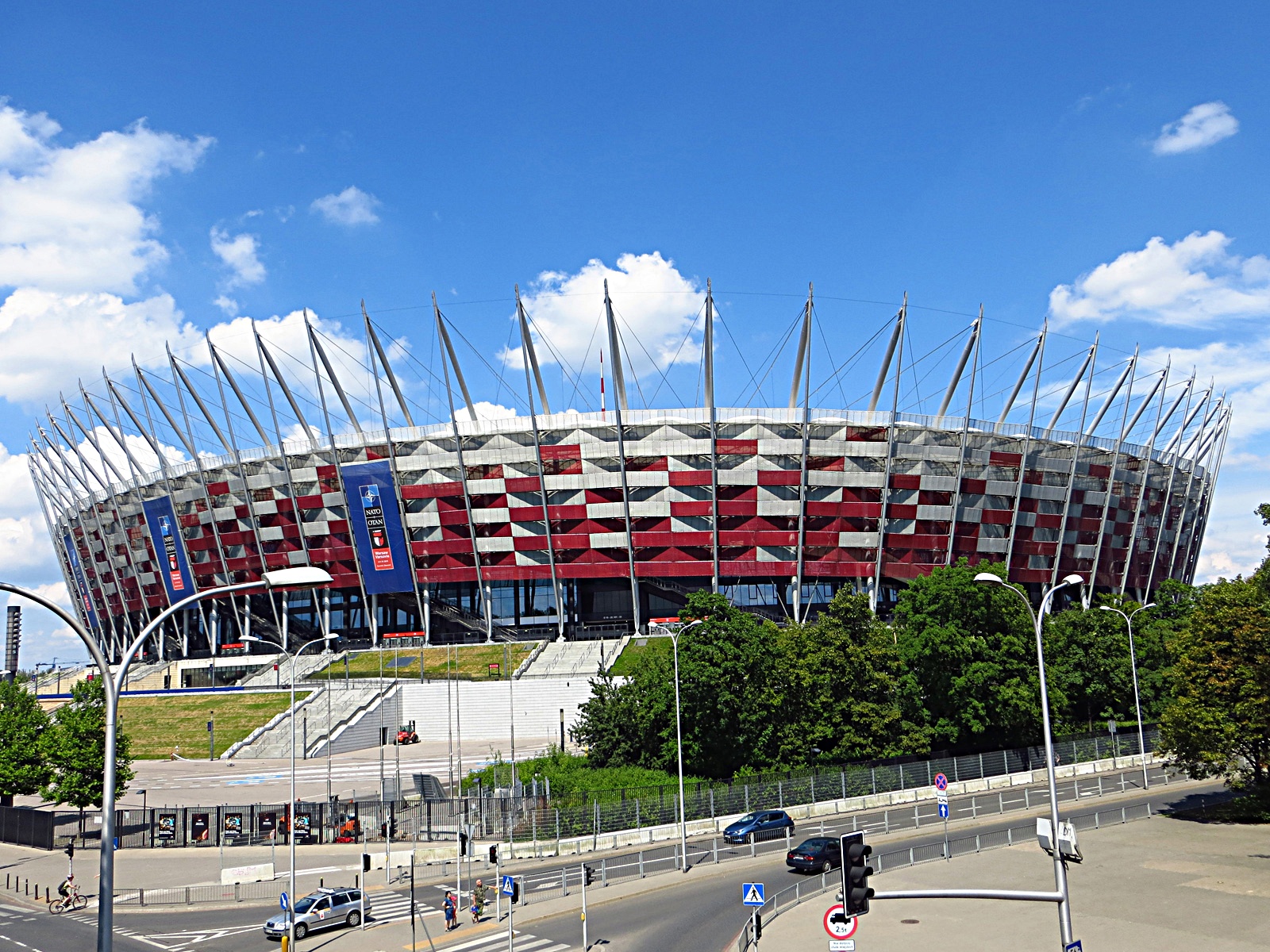The 10th-Anniversary Stadium (official name: Stadion Dziesięciolecia Manifestu Lipcowego) is a unique monument to Polish communism. The building, with its Socialist Realist features, opened on the day of the People’s Republic of Poland holiday, 22 July 1955. The idea behind the construction was to create a place where the communist authorities could fraternise with the public. The stadium became a symbol: an arena for meetings with the people. Over the following years, it hosted many different events of a mainly sporting nature. on 6 September 2008, the stadium hosted the final of the Red Bull X-Fighters series. At the end of the event, the Minister of Sport and Tourism, Mirosław Drzewiecki, officially closed the 10th-Anniversary Stadium. Shortly afterwards, its demolition began and the National Stadium was erected in place of the iconic structure.
The initial concept of building a new sports facility in Warsaw emerged in the early 1950s. In 1953, the Association of Polish Architects organised an architectural competition for an Olympic stadium for the capital. It was won by a team of architects: Jerzy Hryniewiecki, Zbigniew Ihnatowicz and Jerzy Sołtan, followed by Marek Leykam and Czesław Rajewski. Shortly afterwards, the decision was taken to entrust Warsaw with the organisation of the Fifth World Festival of Youth and Students in 1955, which greatly accelerated the work (the 10th-Anniversary Stadium was to become the main arena for the event). Construction work began in August 1954. Rubble from Warsaw’s buildings destroyed during World War II was used to build the crown of the facility and the embankment for the future stands.
Bird’s-eye view of the stadium, 1960s. Source: Architektura Zarząd Główny Stowarzyszenia Architektów RP Wojskowy Instytut Geograficzny Warszawa
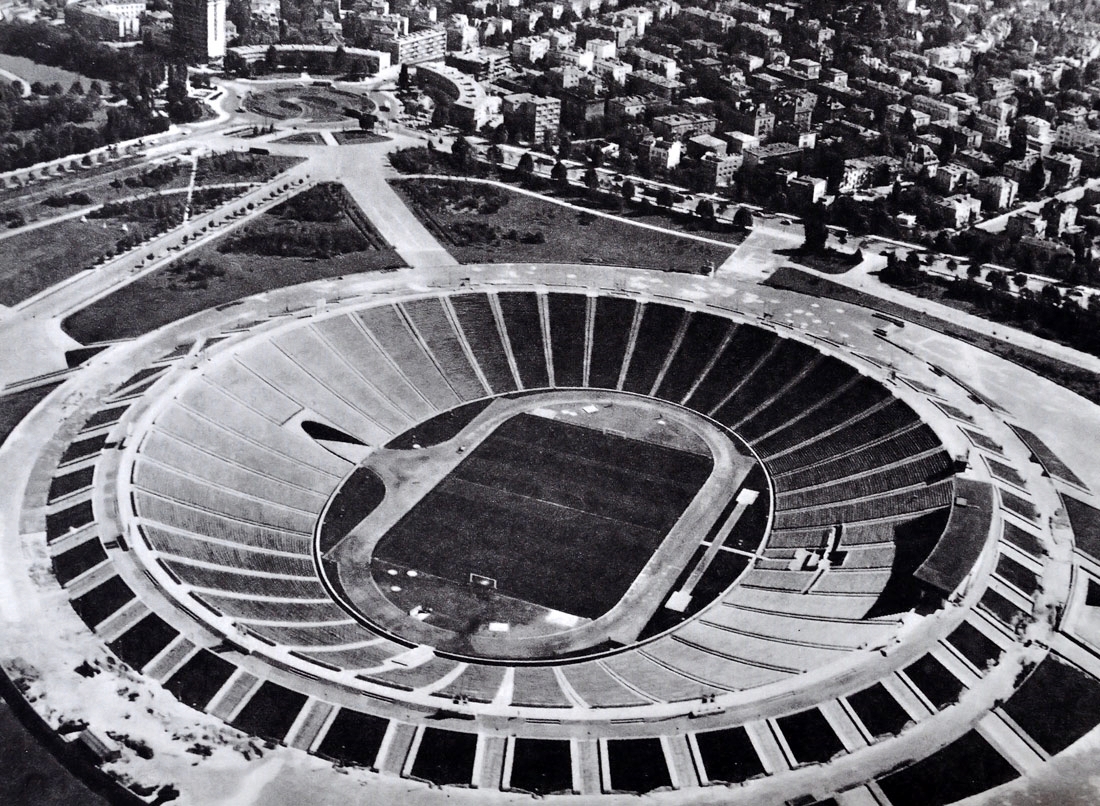
Jerzy Hryniewiecki was inspired in his design by the architecture of the ‘Forbidden City’ in Beijing. The area on which the stadium stood was located in the administrative area of Kamionki, between Saska Kępa and Old Praga; in the interwar period it was partly a part of the Praski Port. In addition, even after the war, the site of the future stadium was occupied by a small number of suburban wooden buildings.
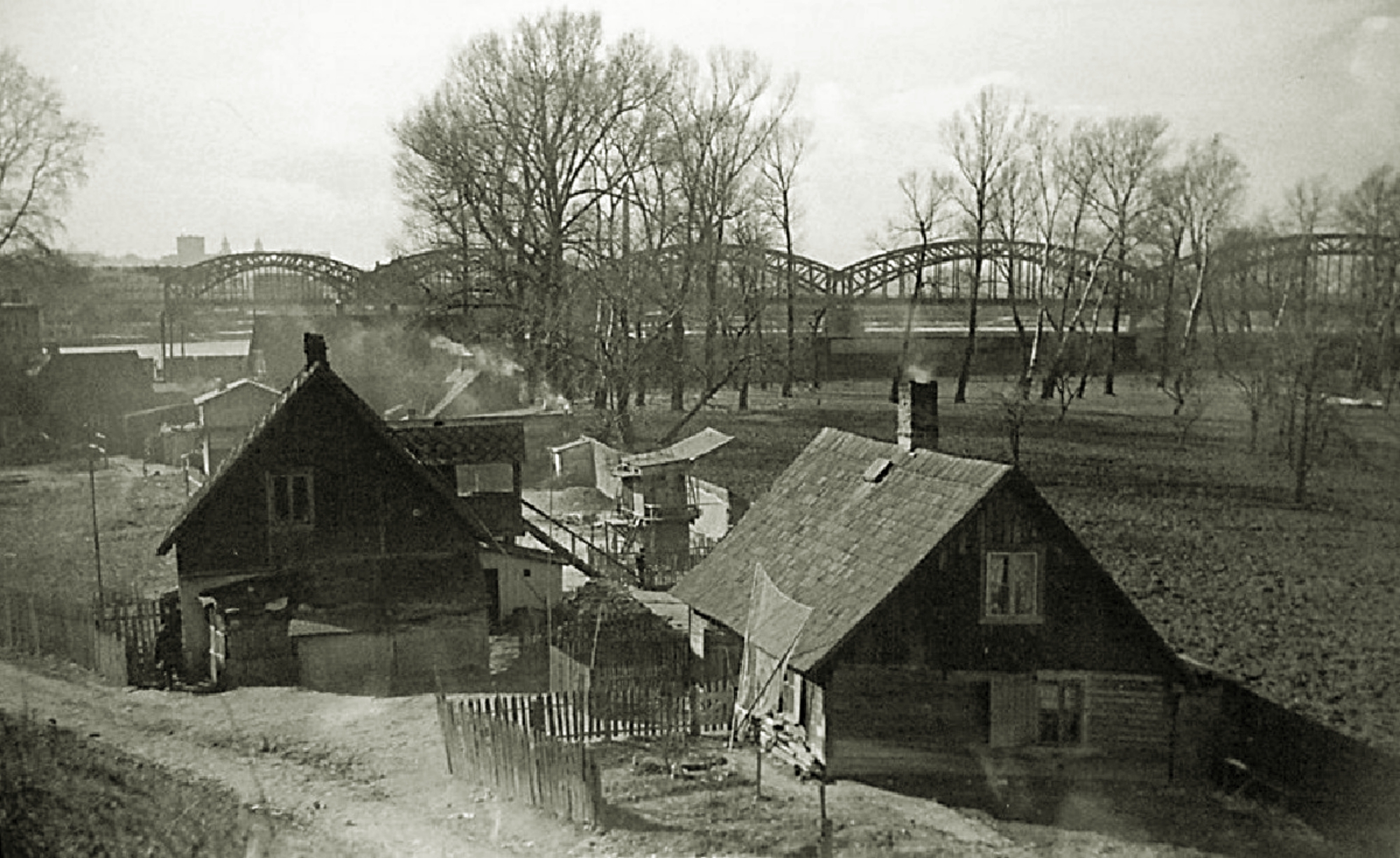
The 10th-Anniversary Stadium was an Olympic-type facility. The arena had a full-size football pitch, flanked by an 8-lane athletics track 400 metres long. The open-air grandstands with fixed wooden benches, as designed, seated 71,008 people, although at the time of the largest mass events they seated almost 100,000 spectators. In the vicinity of the stadium, there was a car park for 900 vehicles, a training pitch, a small training hall, a leisure park and a building for reporters, which does not exist today.
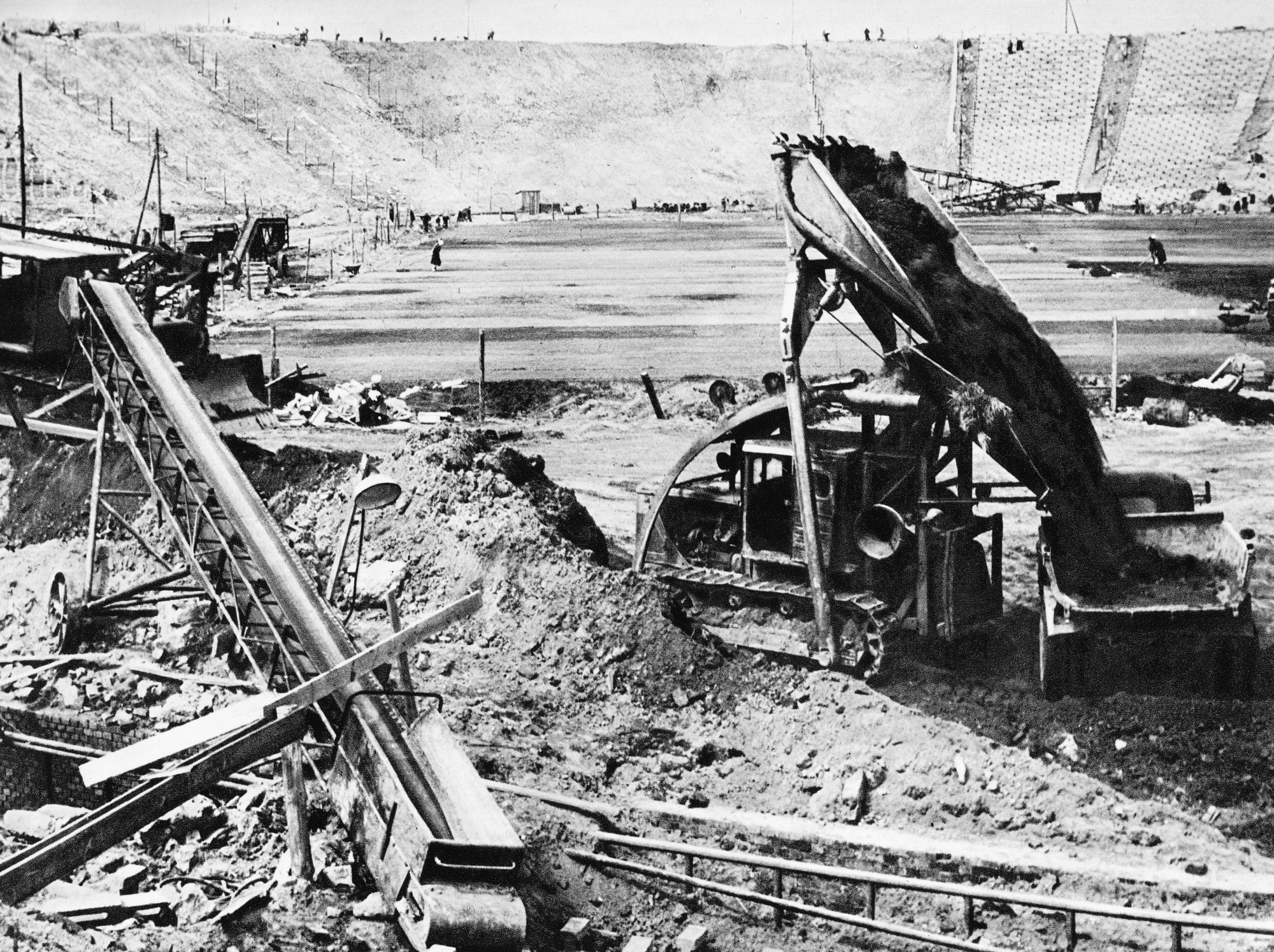
After 11 months of construction – a world record for a facility of this size – the stadium was officially opened on the most important national holiday of the People’s Republic of Poland, 22 July 1955, the 11th anniversary of the proclamation of the Manifesto of the Polish Committee of National Liberation. It was also in time for the 5th World Festival of Youth and Students. After a very pompous, folk-styled gala, the inaugural sporting event took place, the highlight of which was a friendly football match between the representations of the cities of Warsaw and Katowice (then Stalinogród), which ended with the score 1:2 for the visitors.
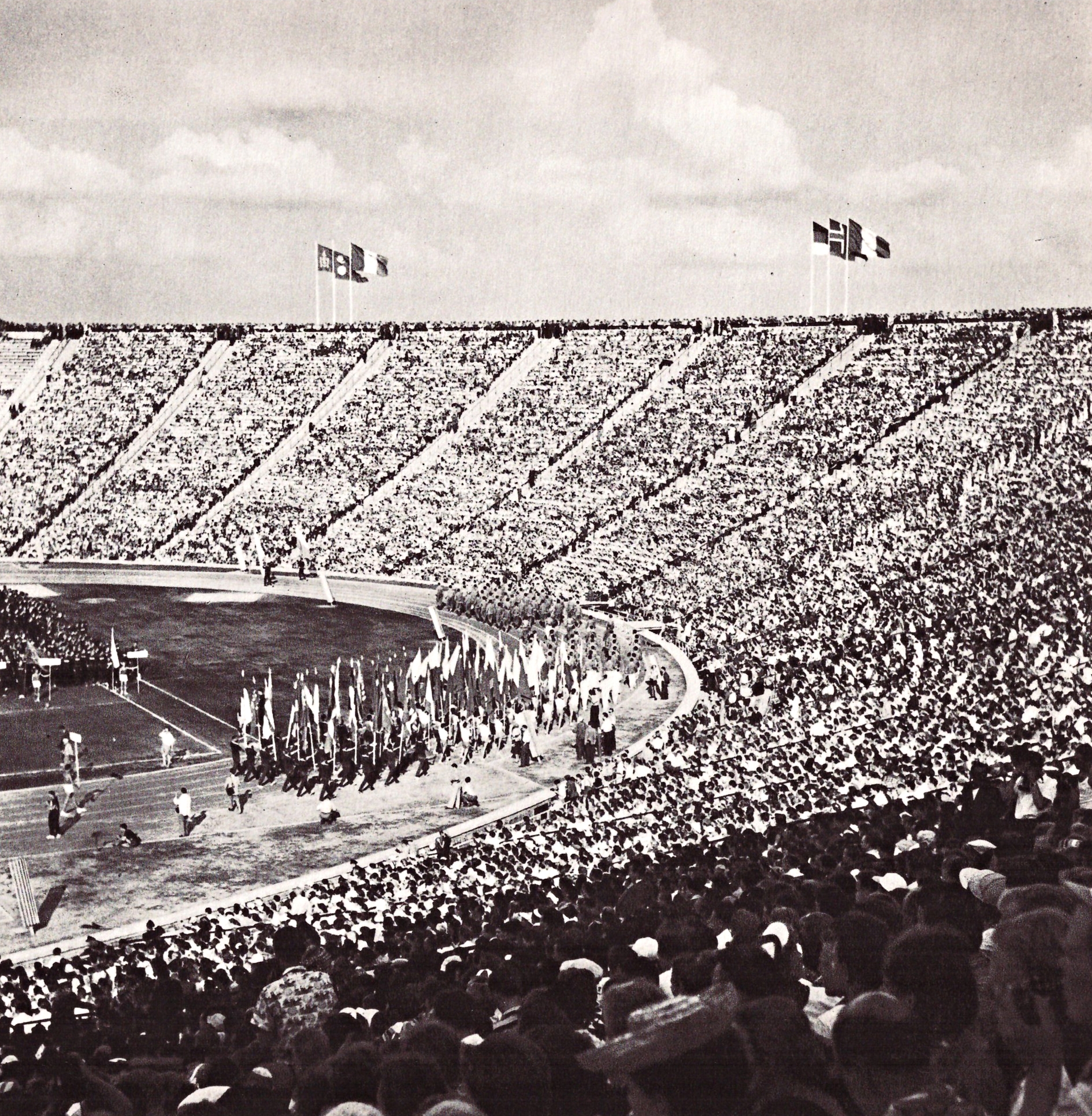
The facility became the representative stadium of the capital, taking over this role from Warsaw’s Polish Army Stadium. Until the end of the communist era, it hosted the most important sporting events in the country. The 10th-Anniversary Stadium was also used for cultural and propaganda purposes. Concerts, mass events, harvest festivals and celebrations of anniversaries important to the authorities of socialist Poland were organised here. In 1968, during the national harvest festival, Ryszard Siwiec immolated himself in the stands in protest against the Warsaw Pact troops’ aggression against Czechoslovakia. His death was commemorated by a plaque on the facade.
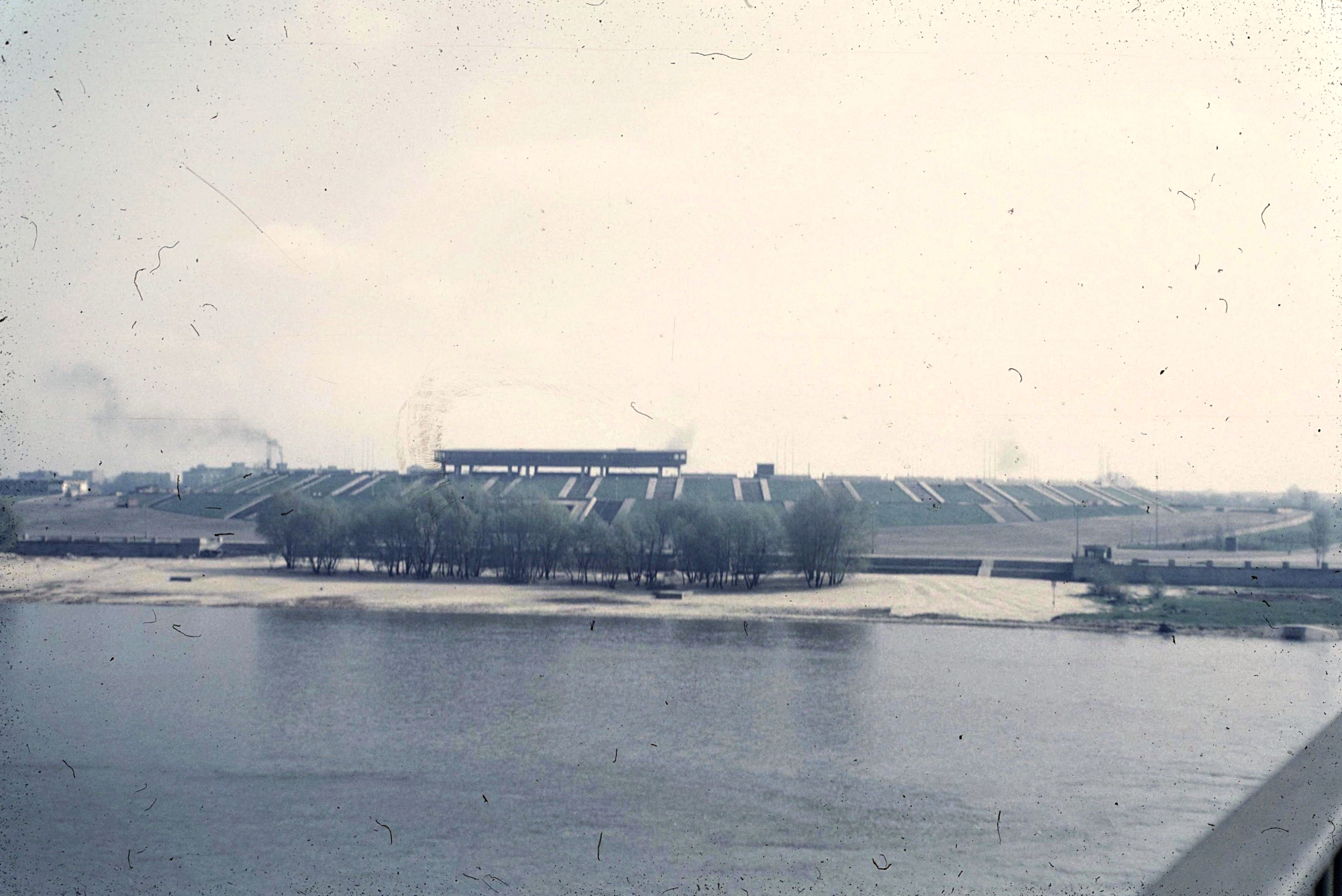
on 17 June 1983, during his second apostolic journey to Poland, John Paul II celebrated a solemn mass in the stadium. The National Football Team’s last match in the European Championship qualifiers was played at the stadium on 17 April 1983. Since then, the massive facility has deteriorated and its renovation or reconstruction was deemed uneconomic. In return for maintaining the facility, the stadium was leased by the city for commercial purposes. The famous ‘Jarmark Europa’, made up of more than 5,000 traders, was opened on its crown. It was one of the largest markets on the continent.
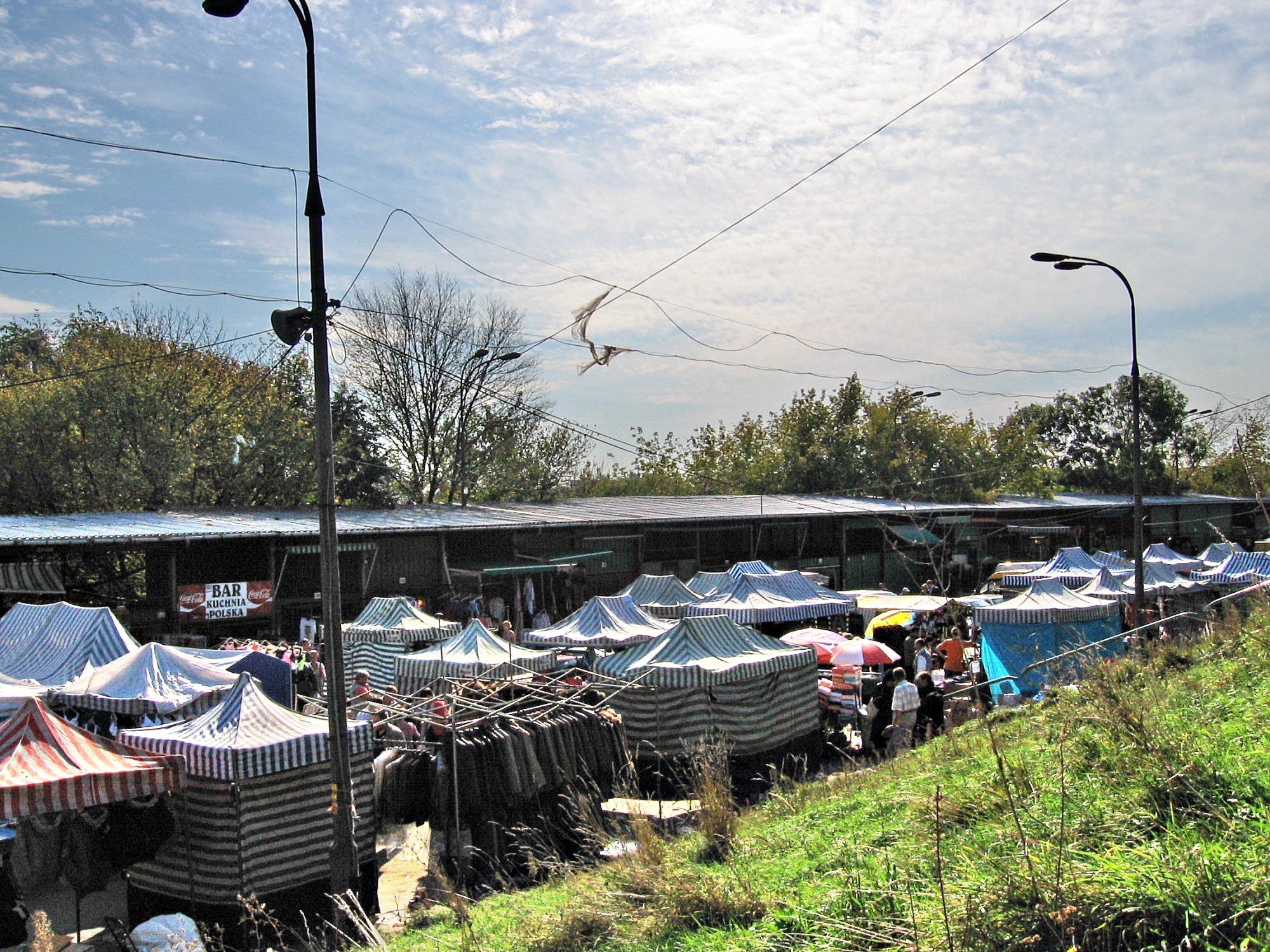
“Jarmark Europa” was in operation until 30 September 2007. A year later, trial piling began to survey the site on which the new stadium was to stand and to prepare tender documentation. On the site of the 10th-Anniversary Stadium, the new National Stadium, which was one of the arenas for the 2012 European Football Championship, was built between 2007 and 2011 and has been the main stadium for the Polish national football team since 2012.
The surviving relics of the 10th-Anniversary Stadium (including tunnels, commemorative plaques and the administration building) can be seen during the National Stadium Historical Tour.
Source: polskieradio24.pl, przegladsportowy.onet.pl
Read also: Architecture in Poland | Architecture of the Polish People’s Republic | City | History | Interesting Facts | Warsaw




